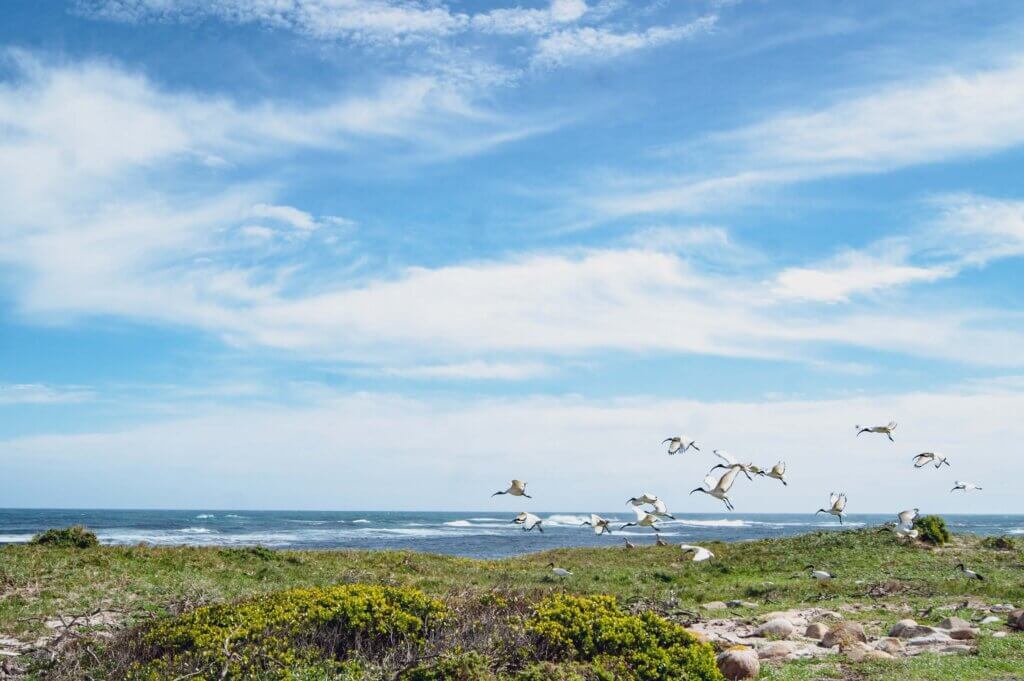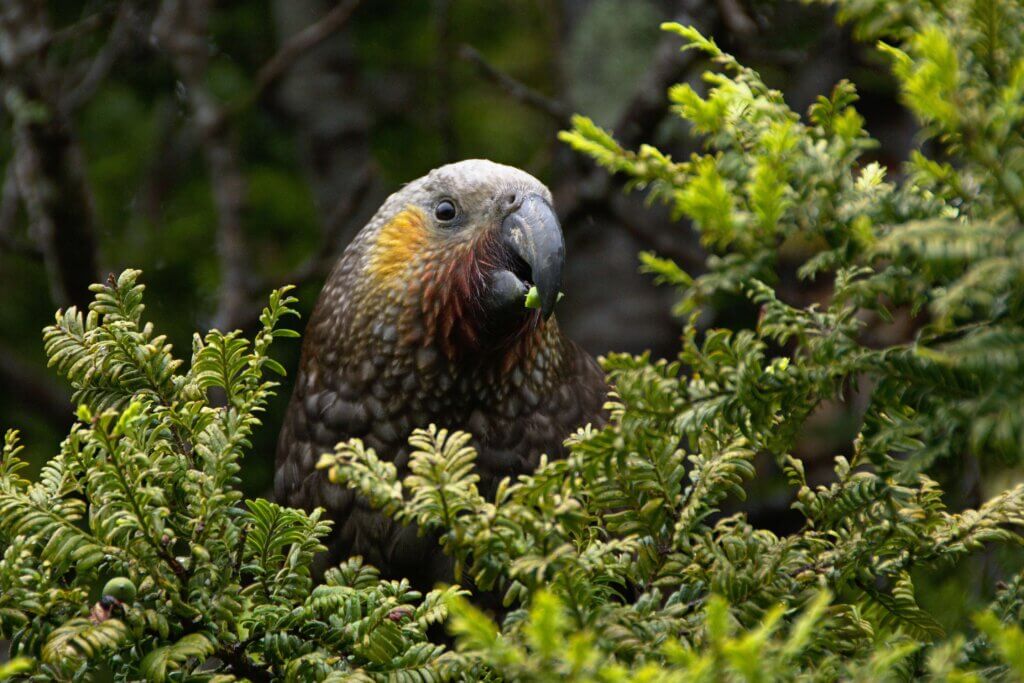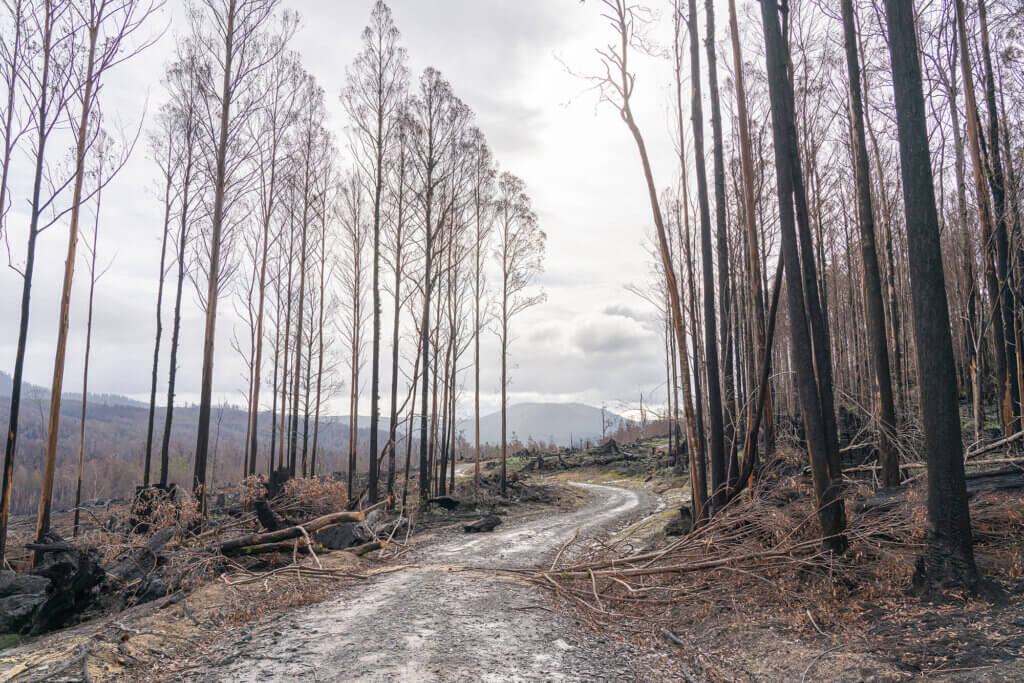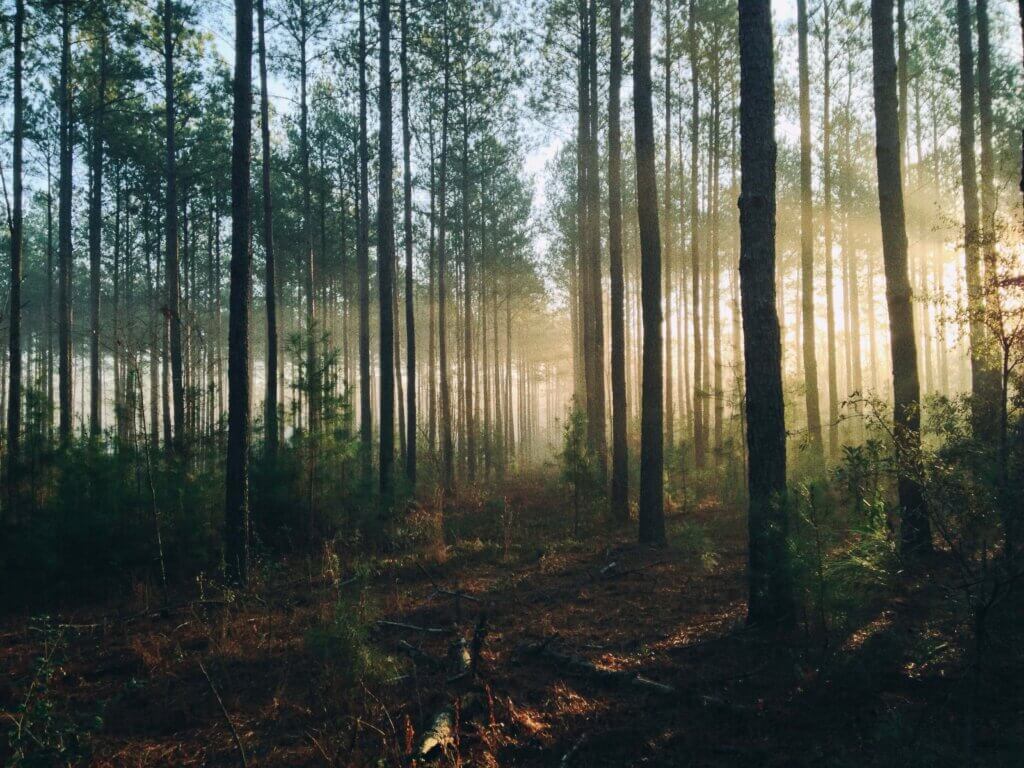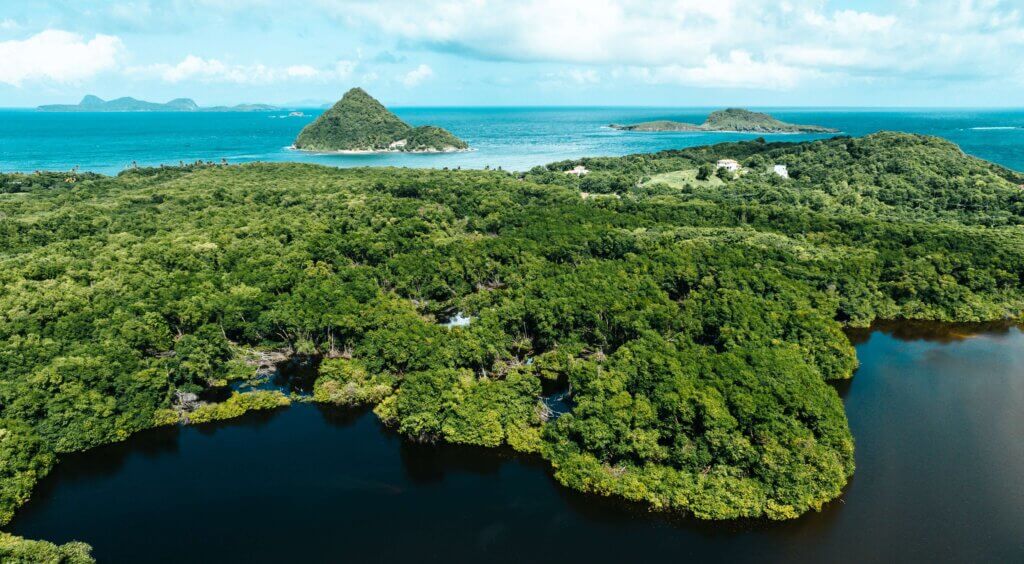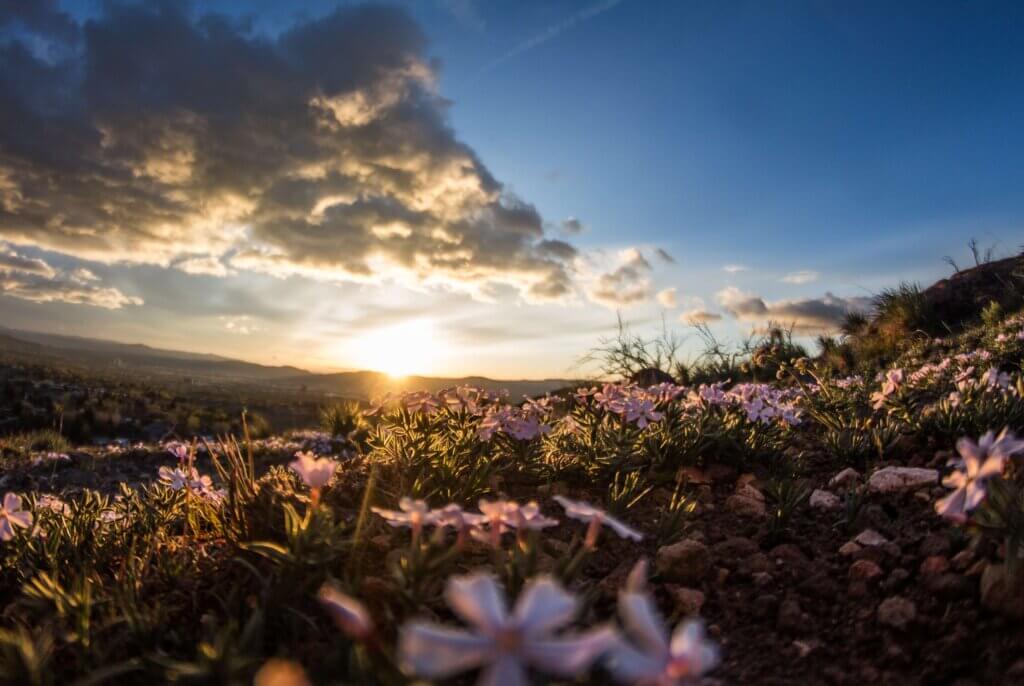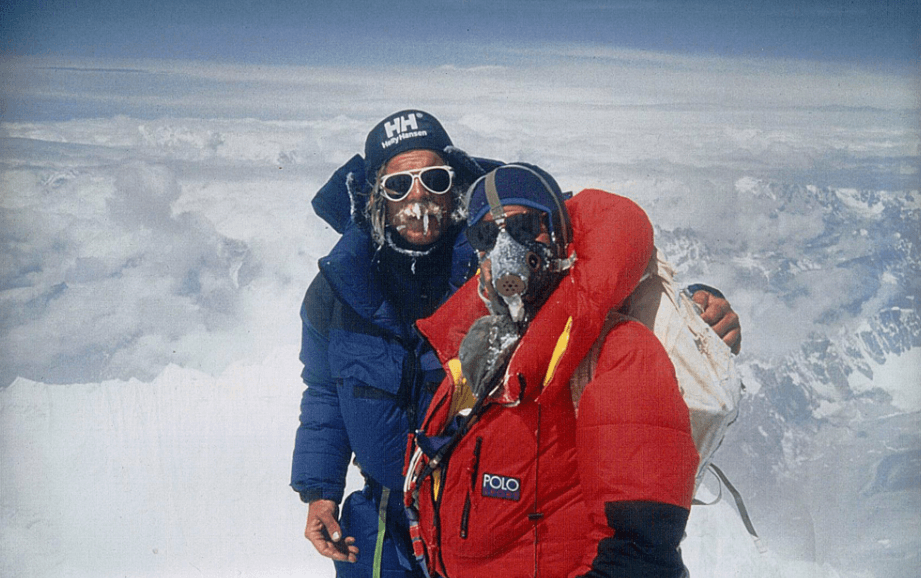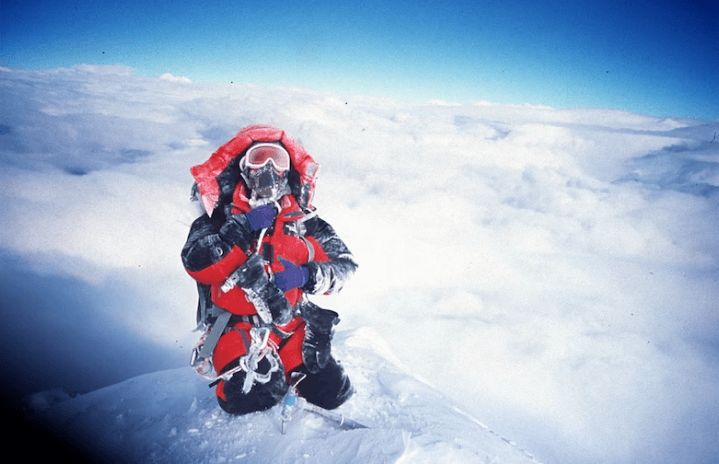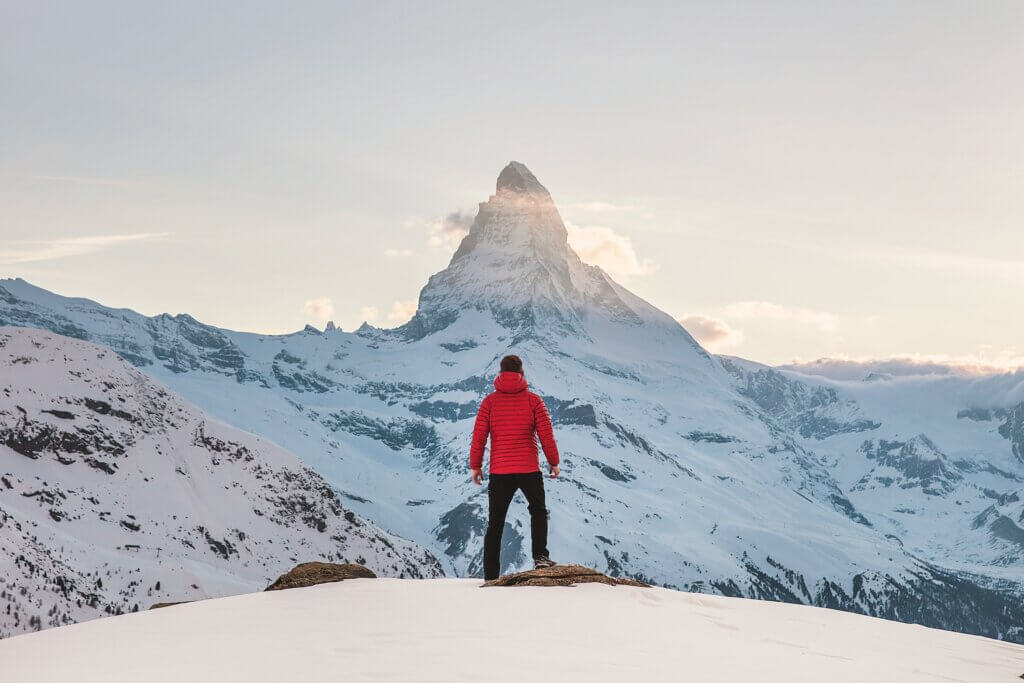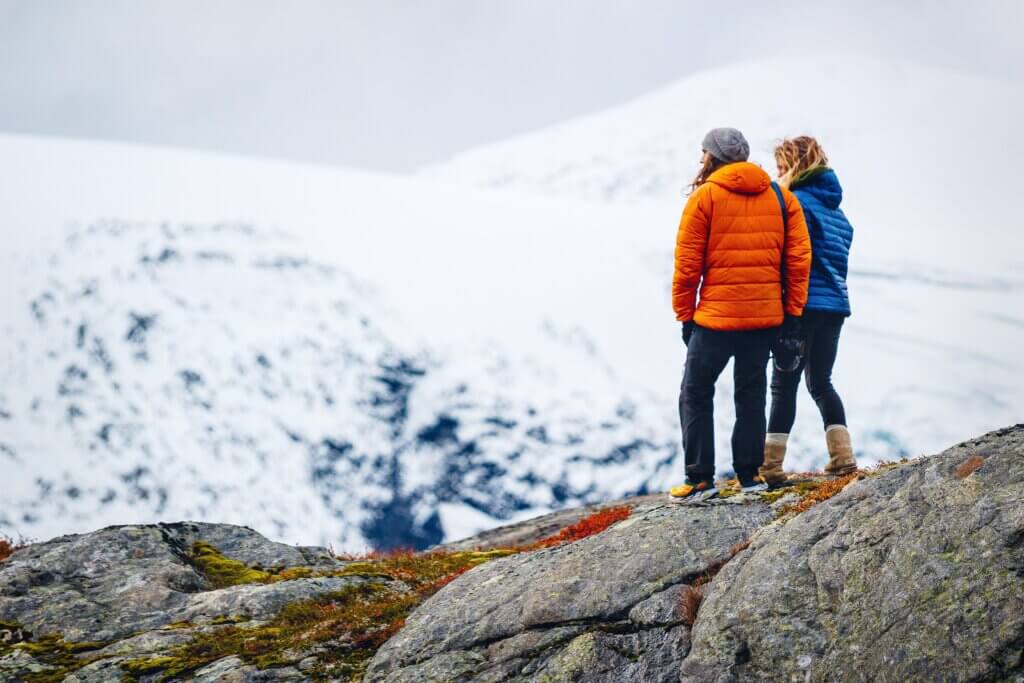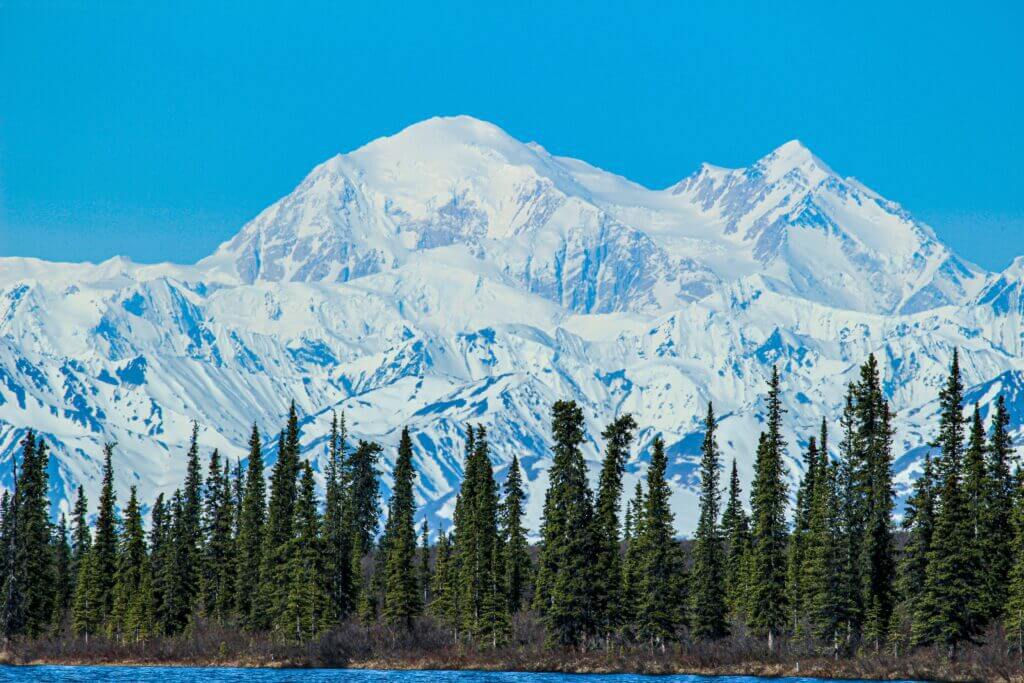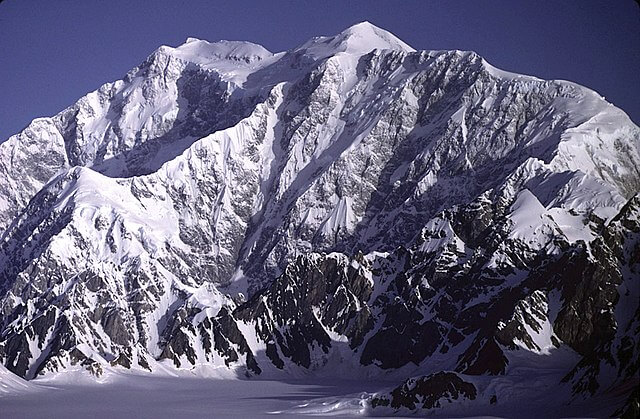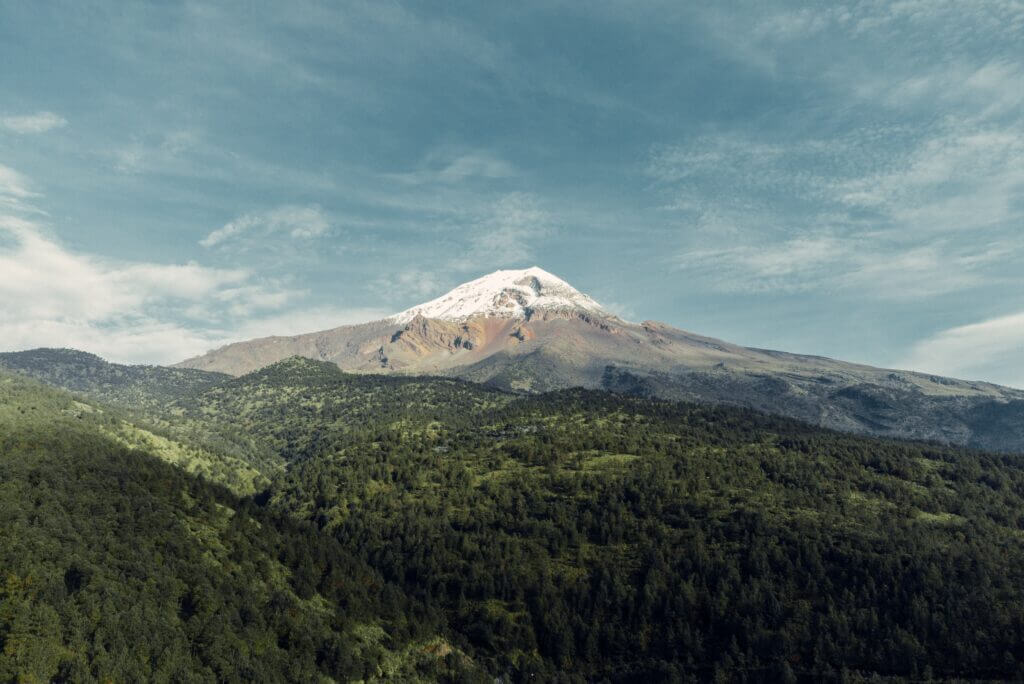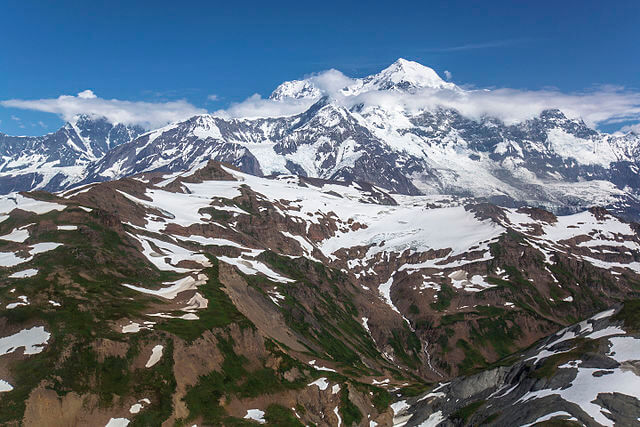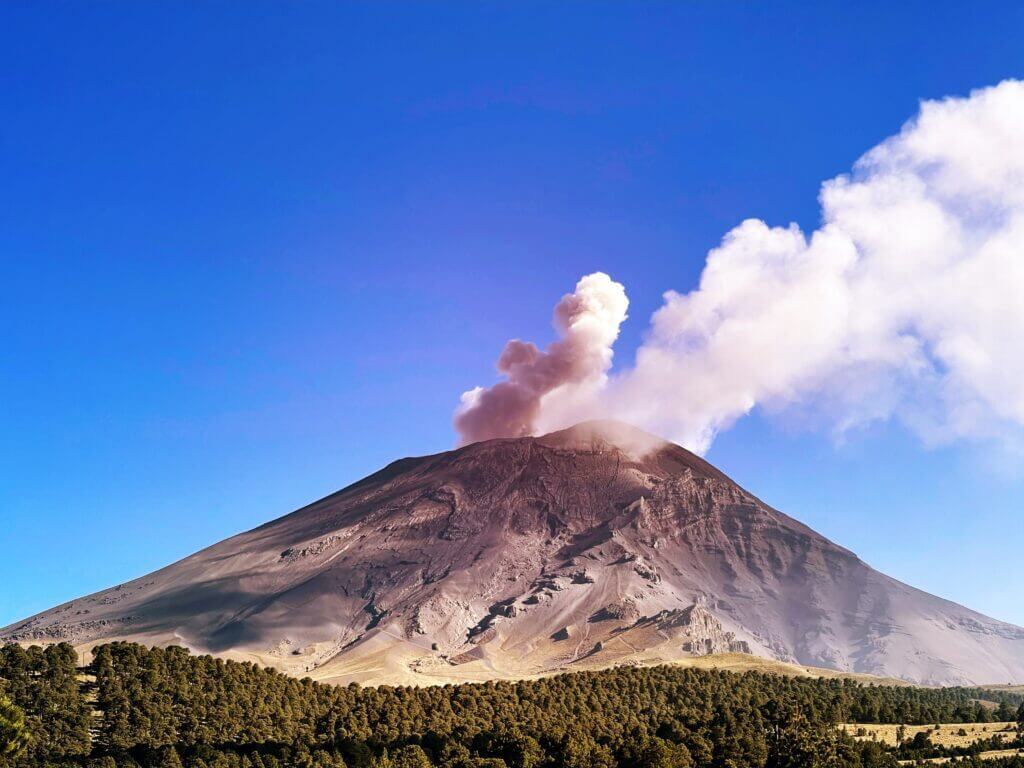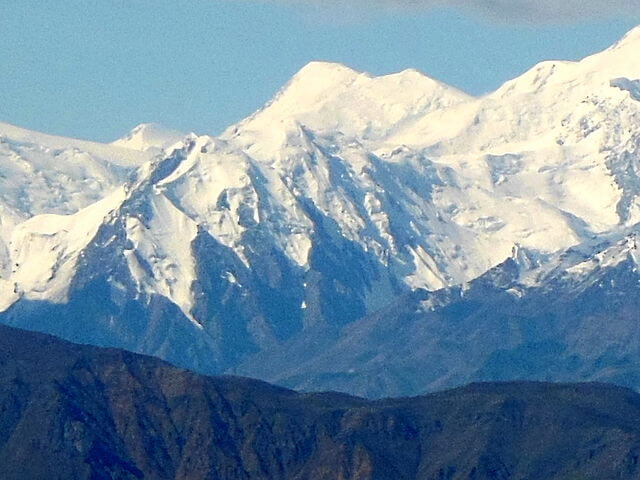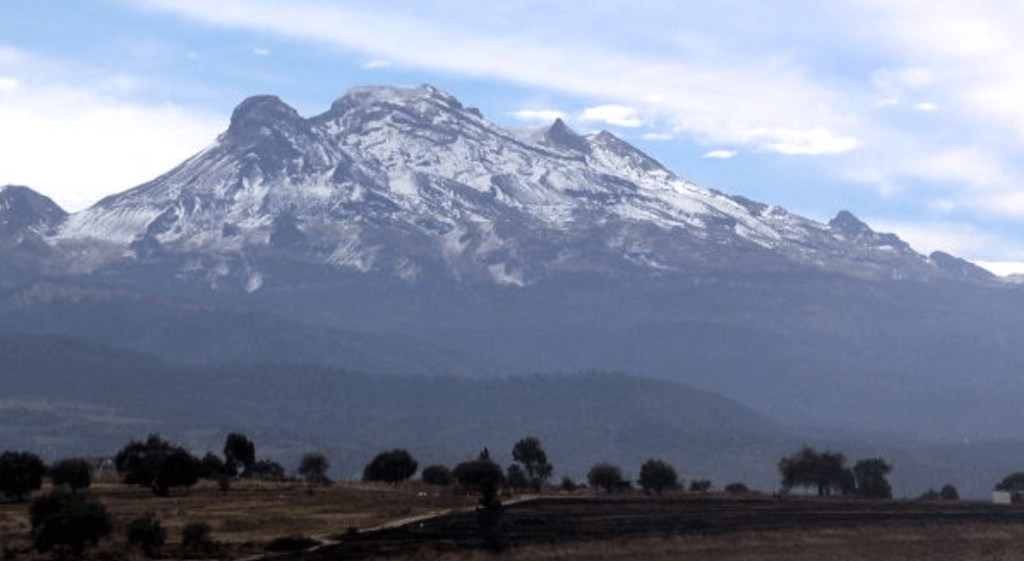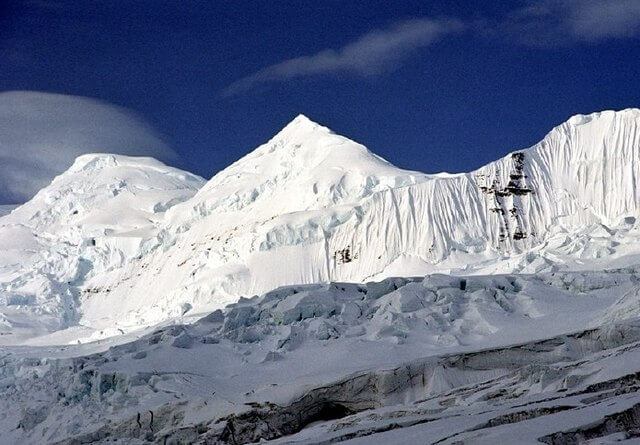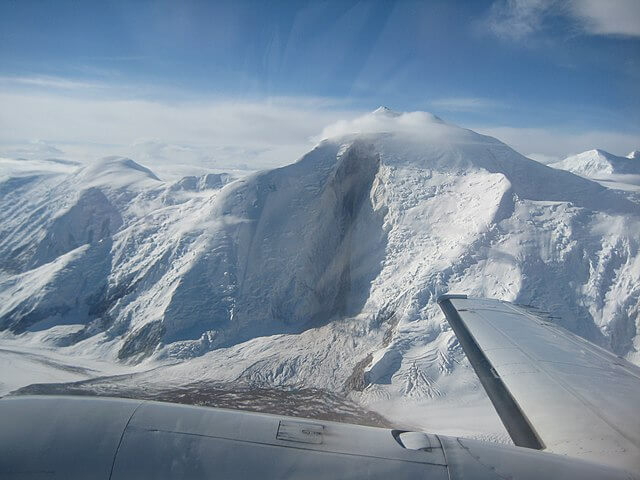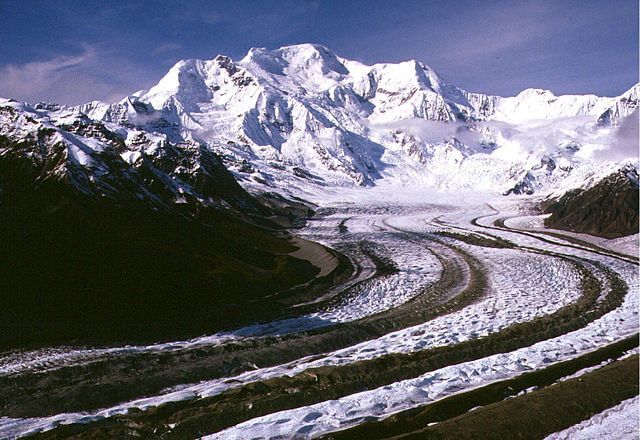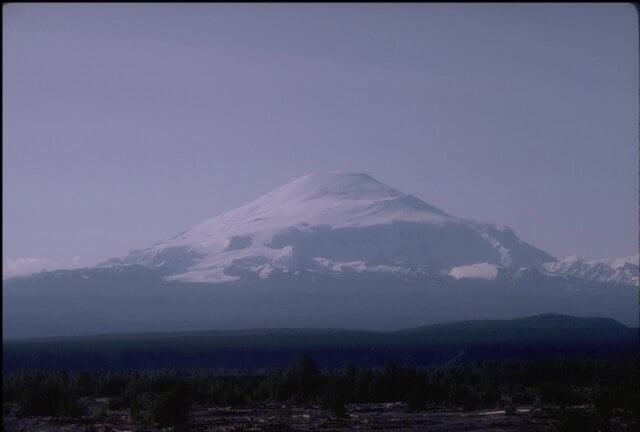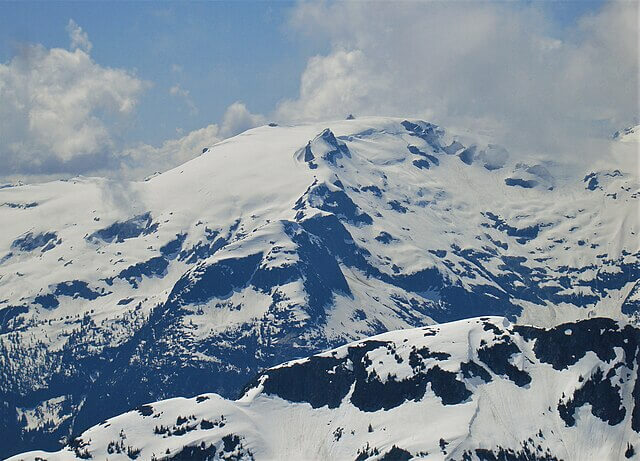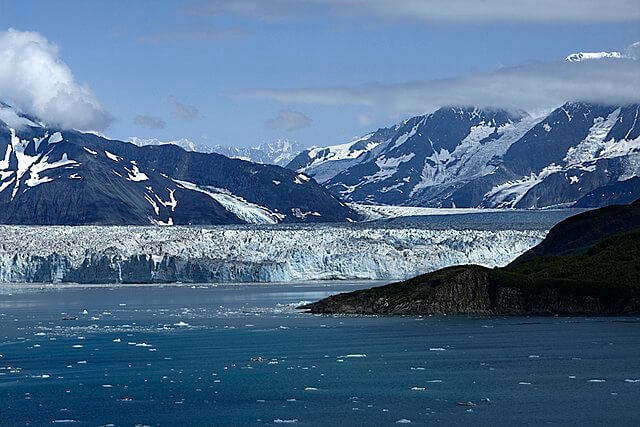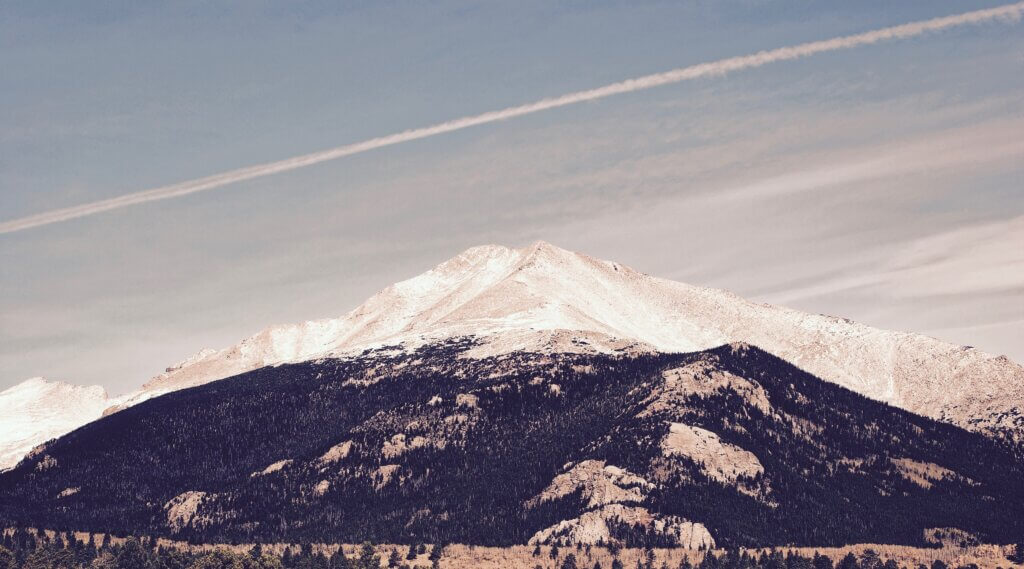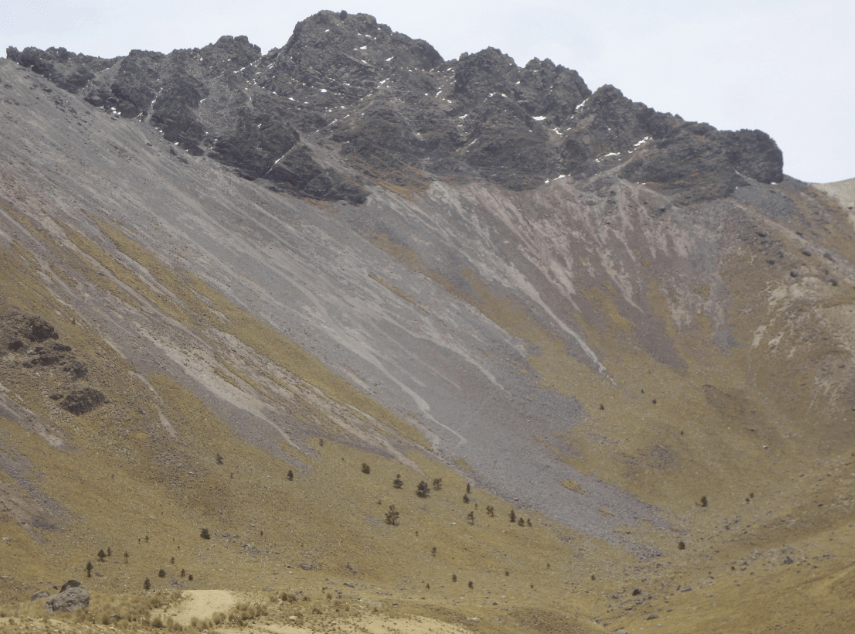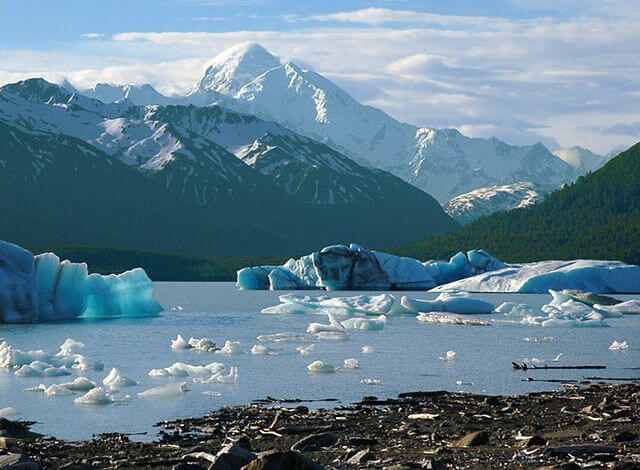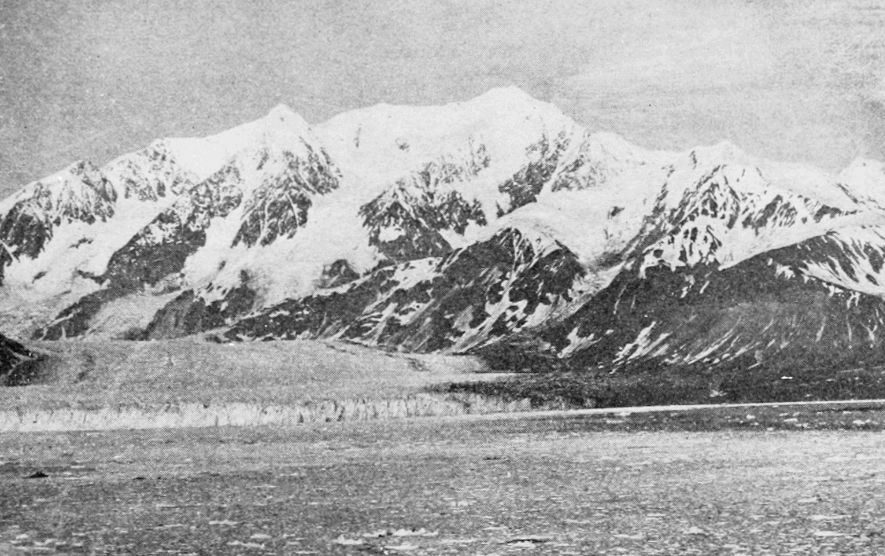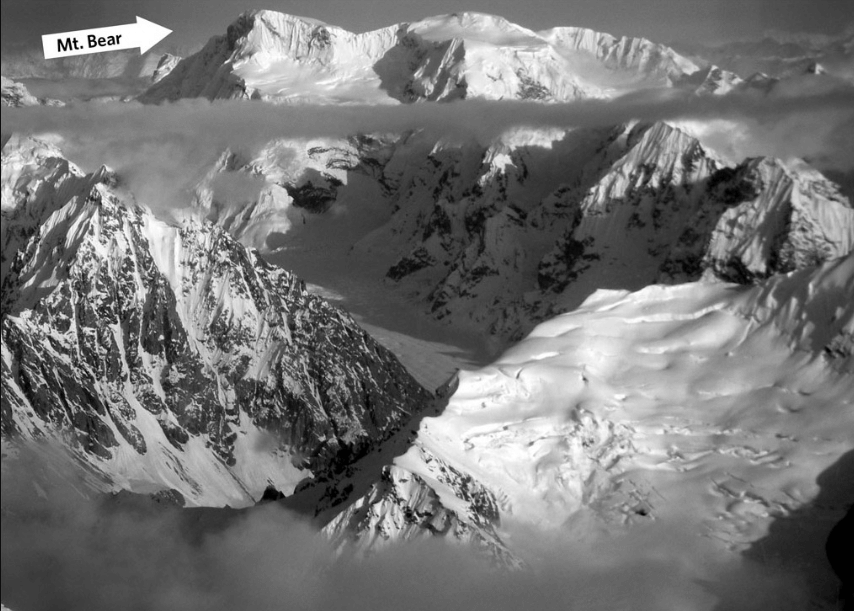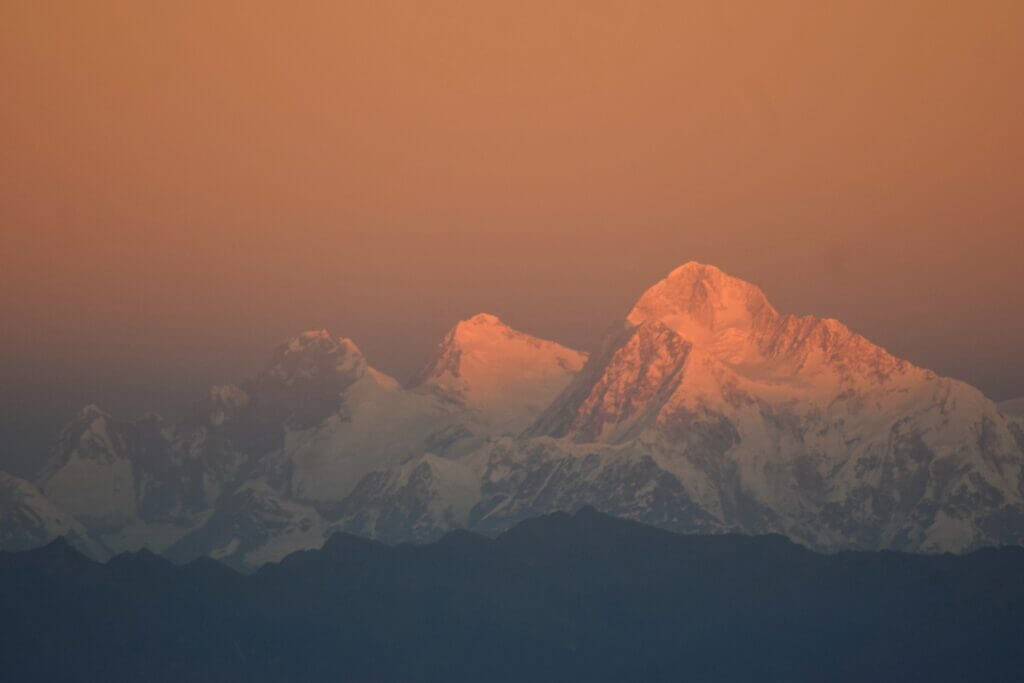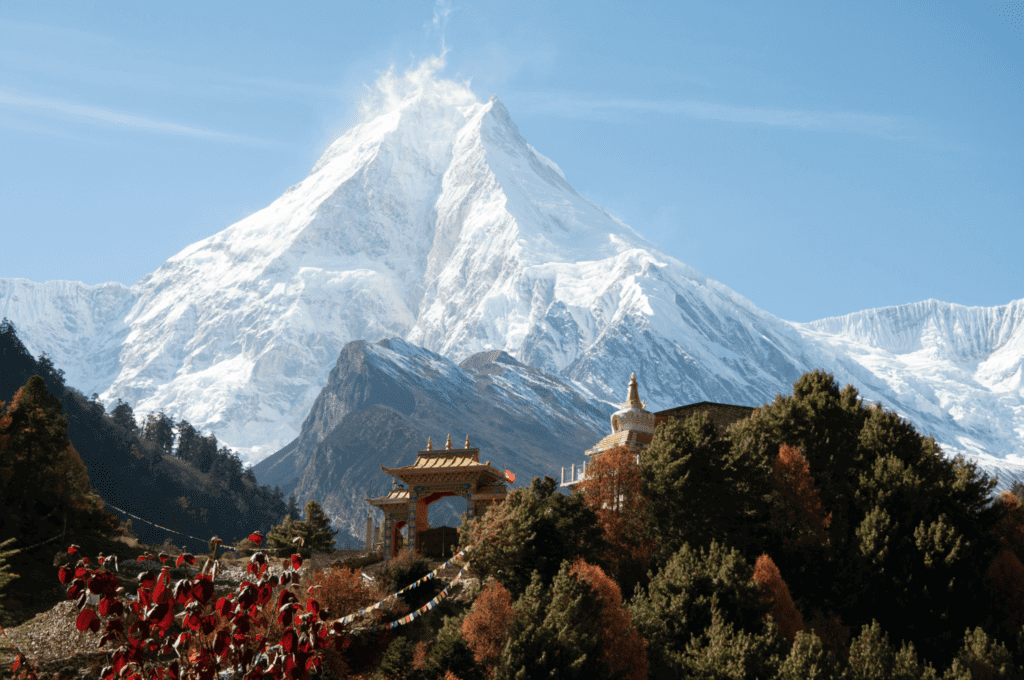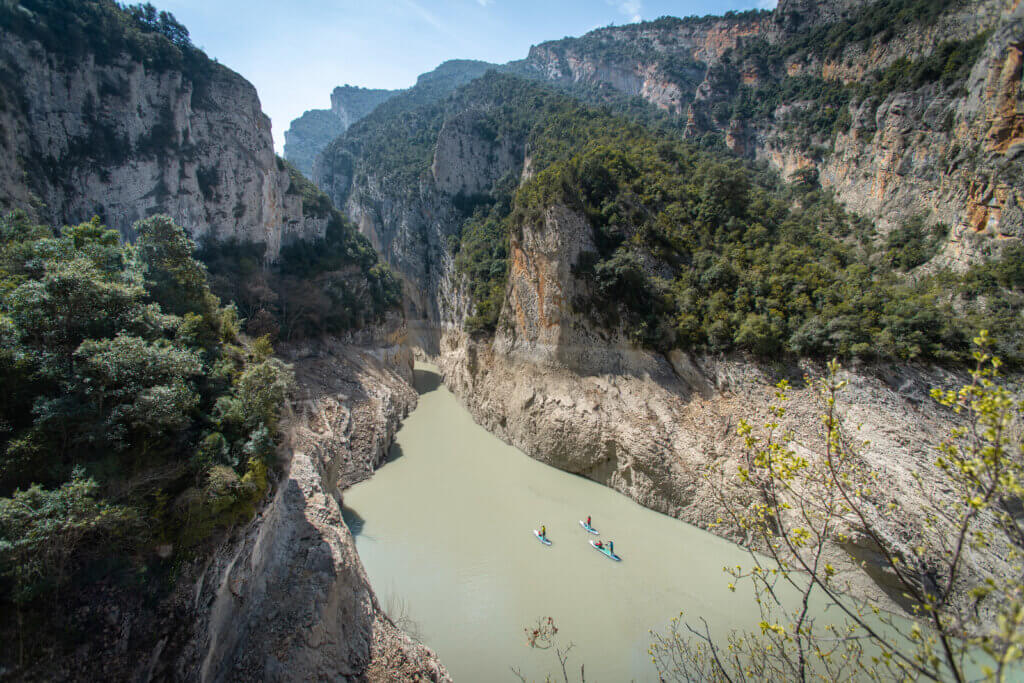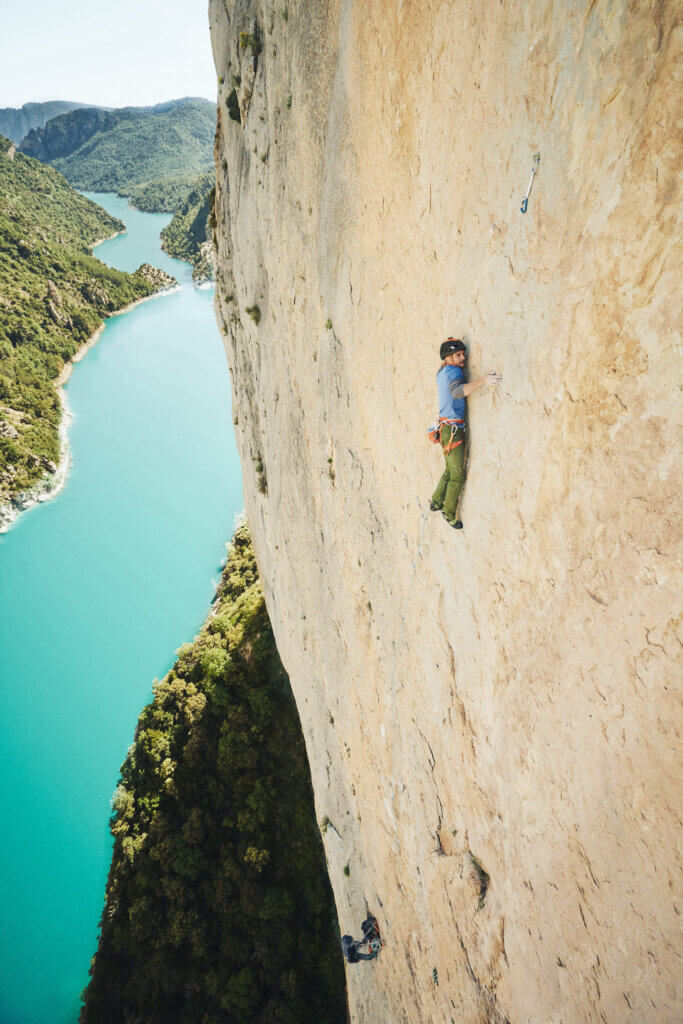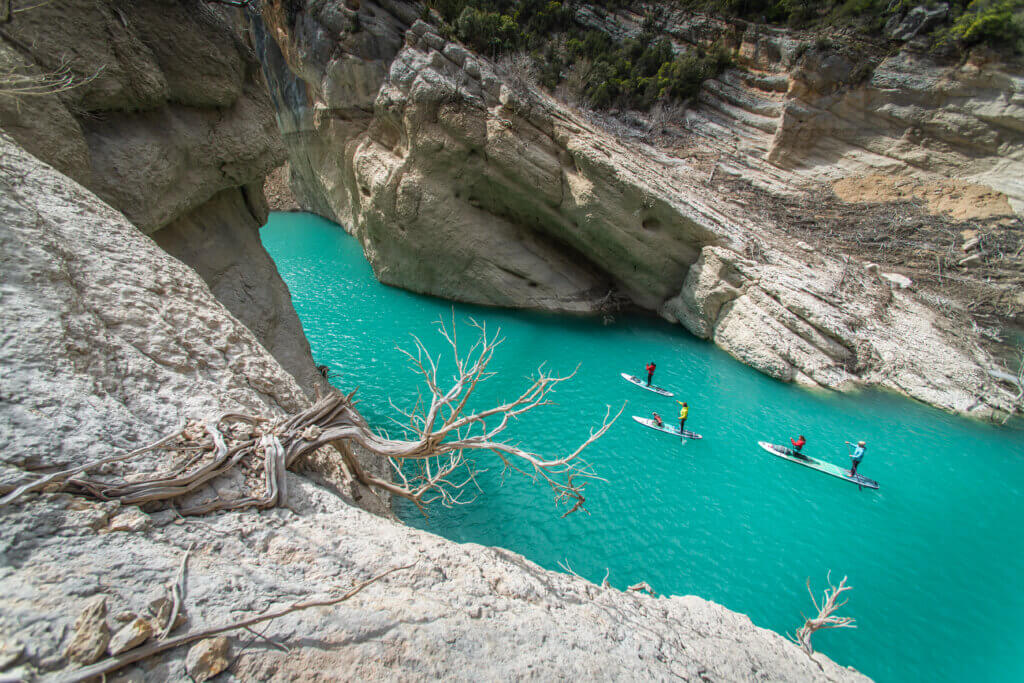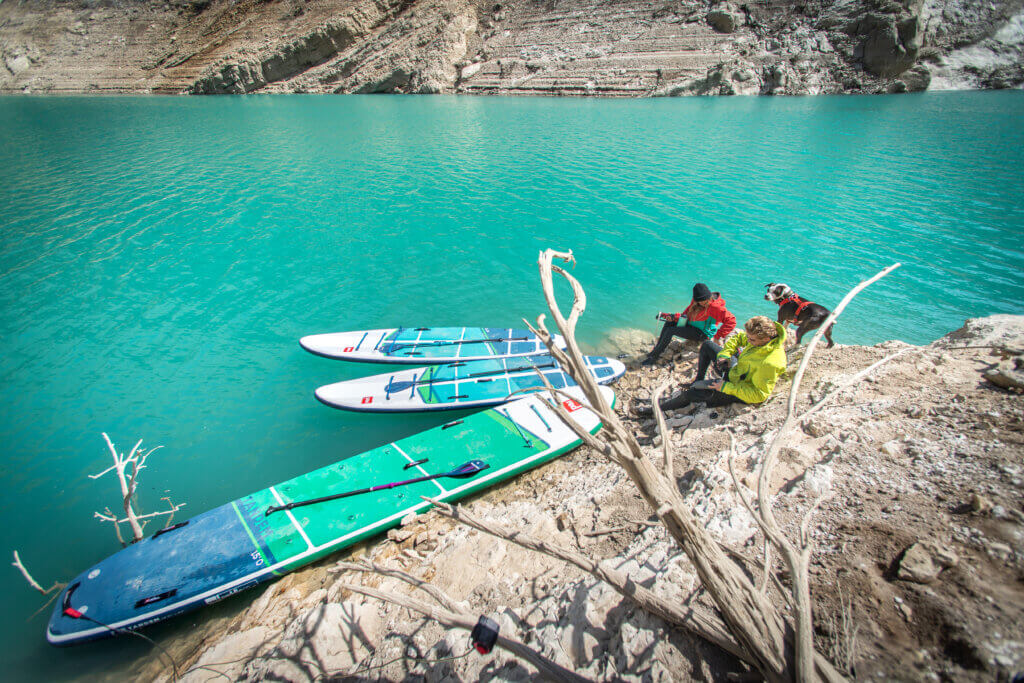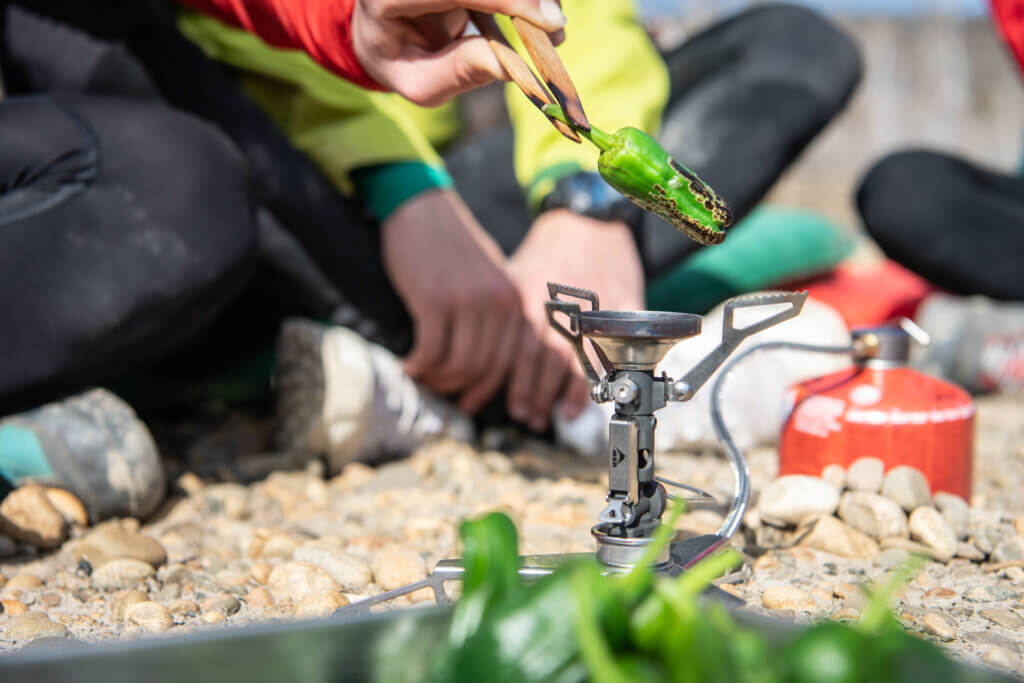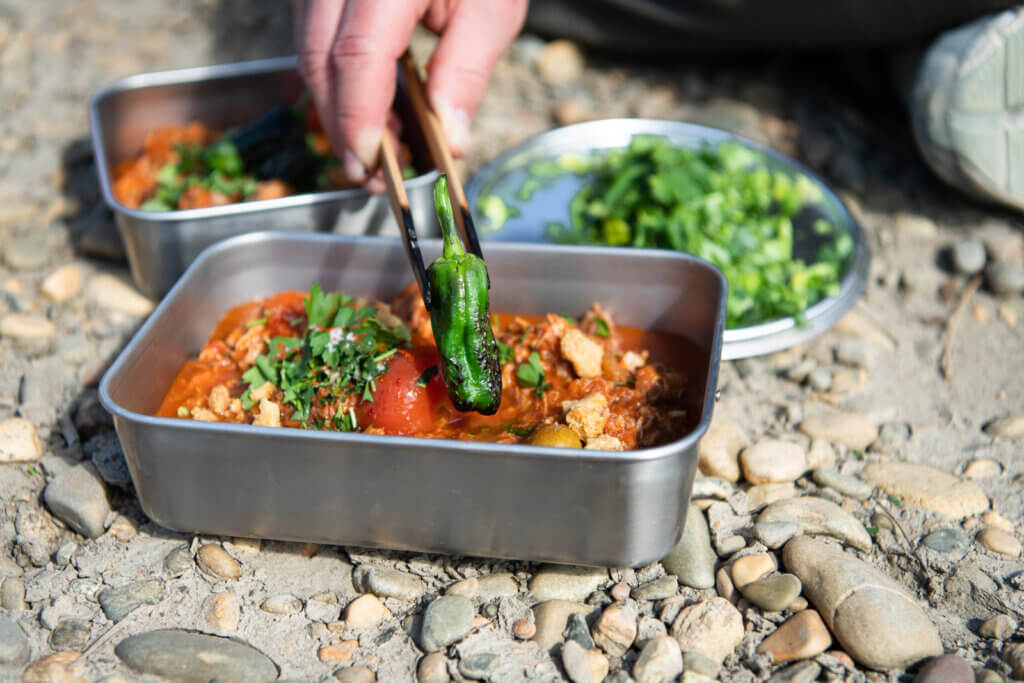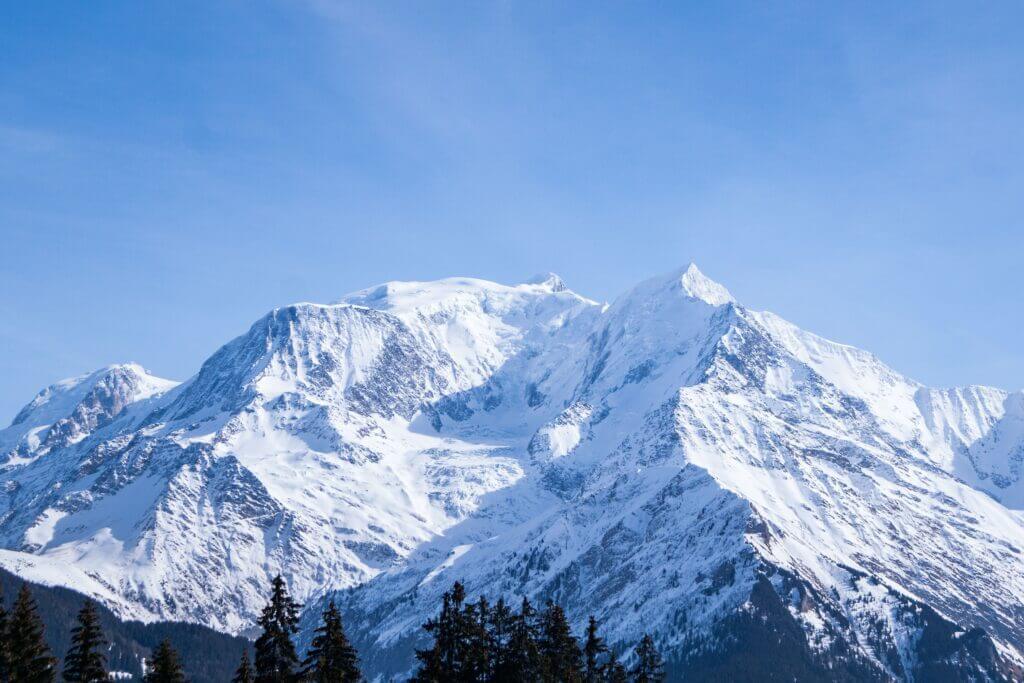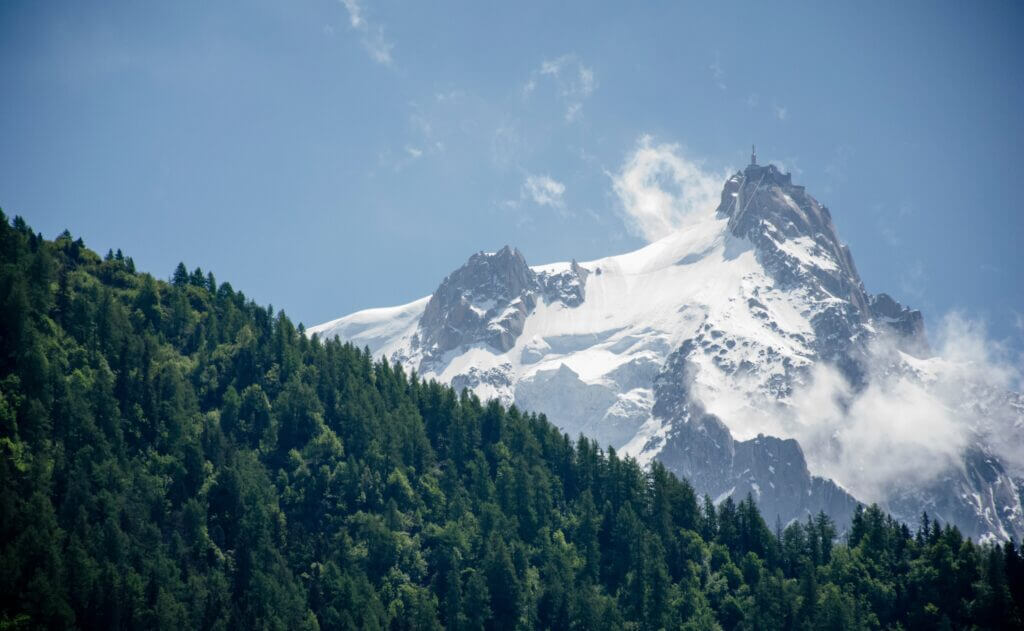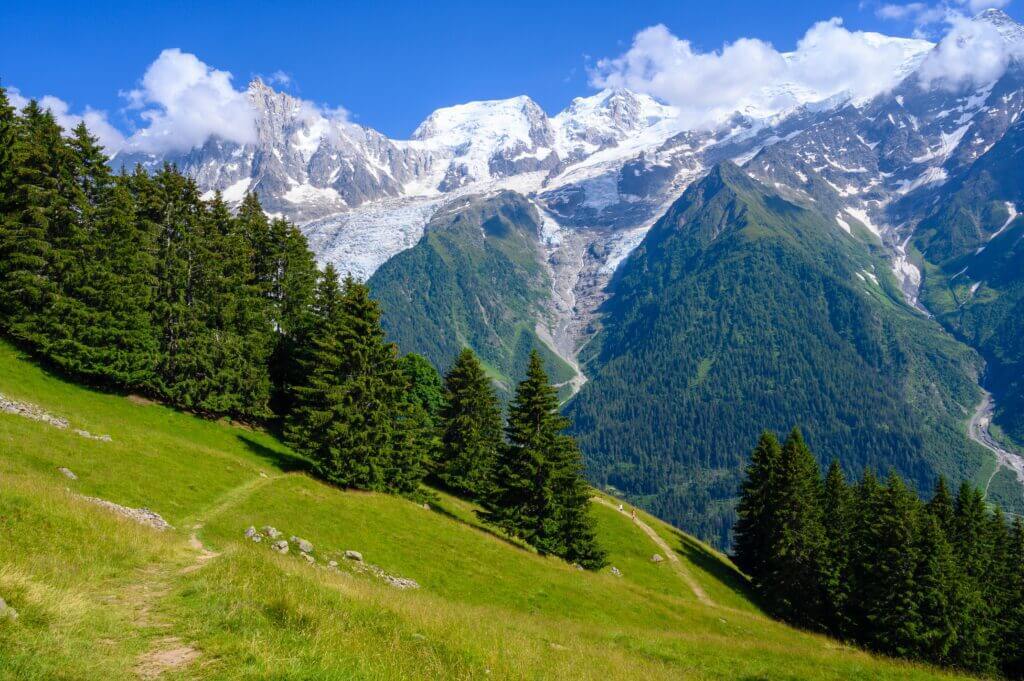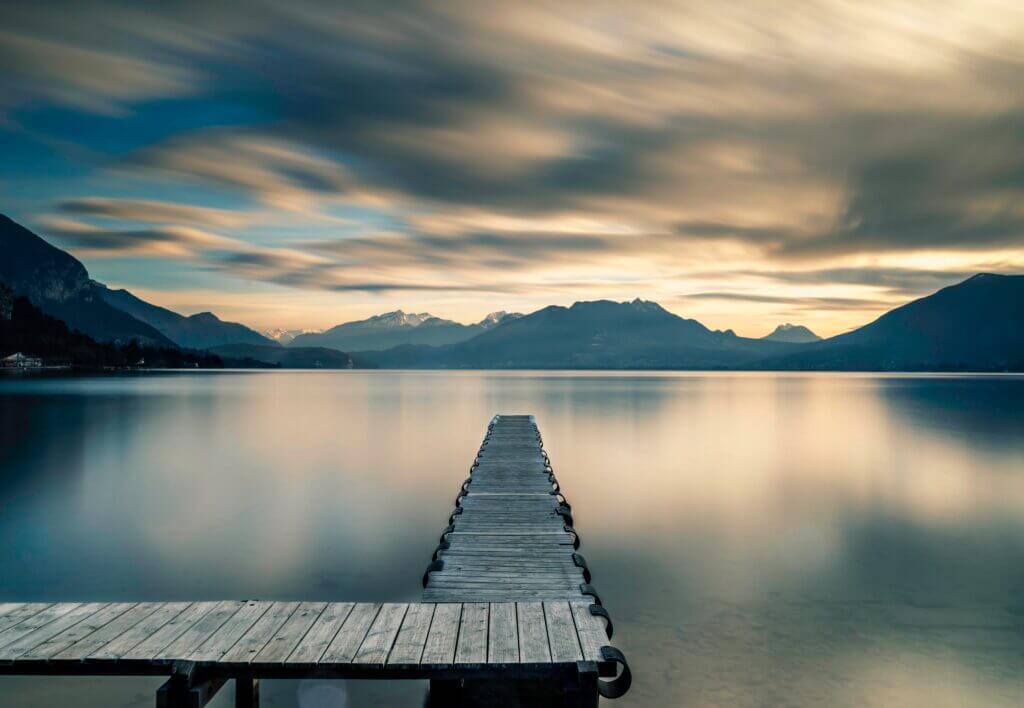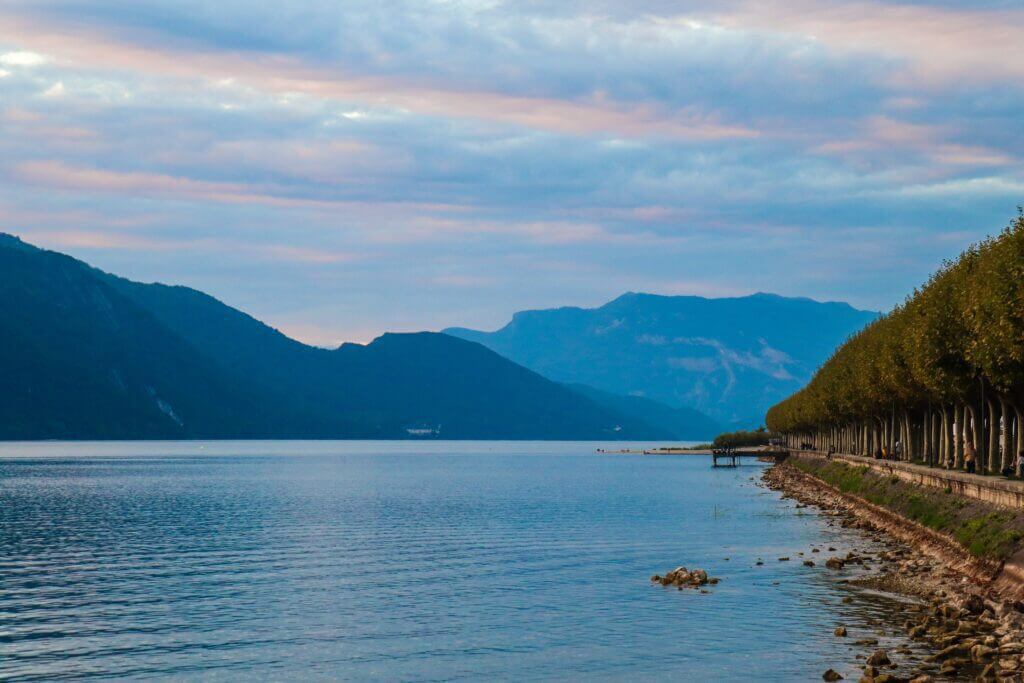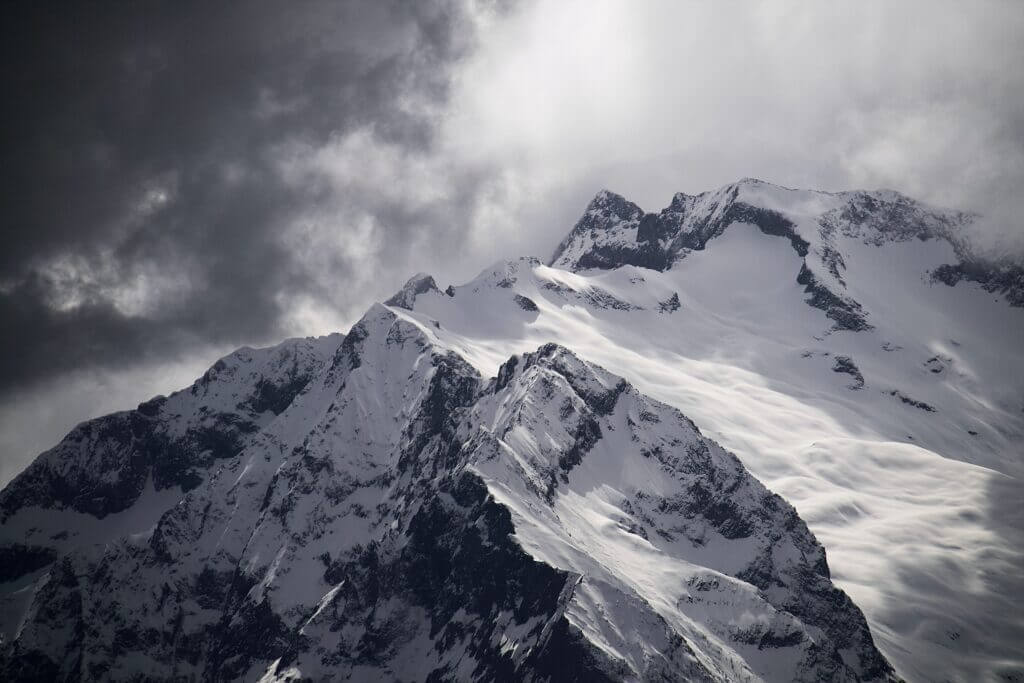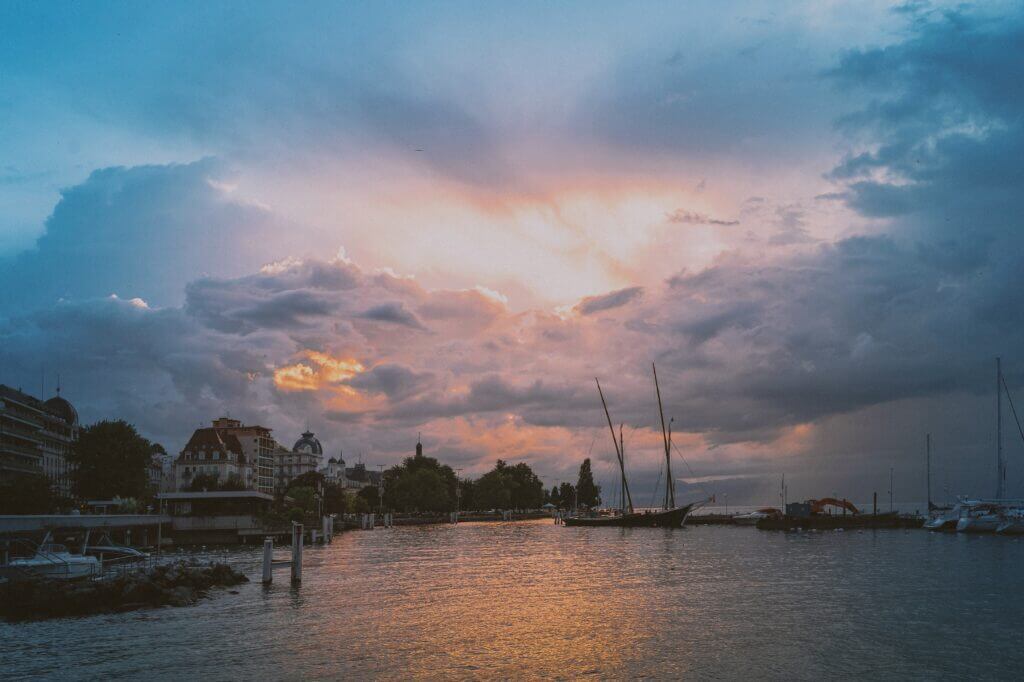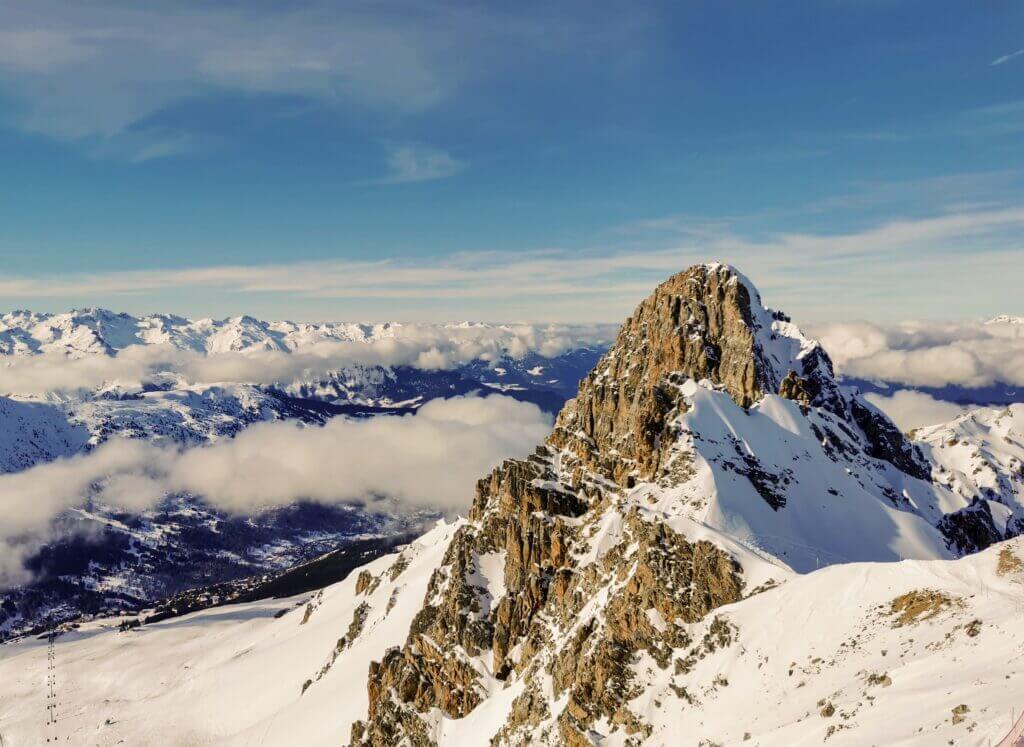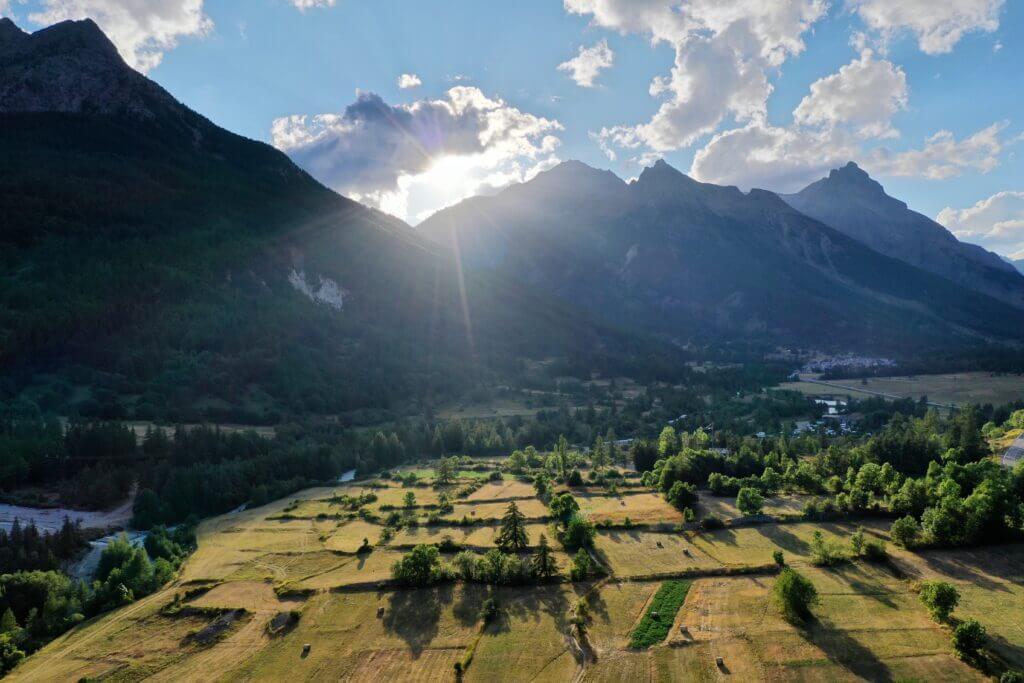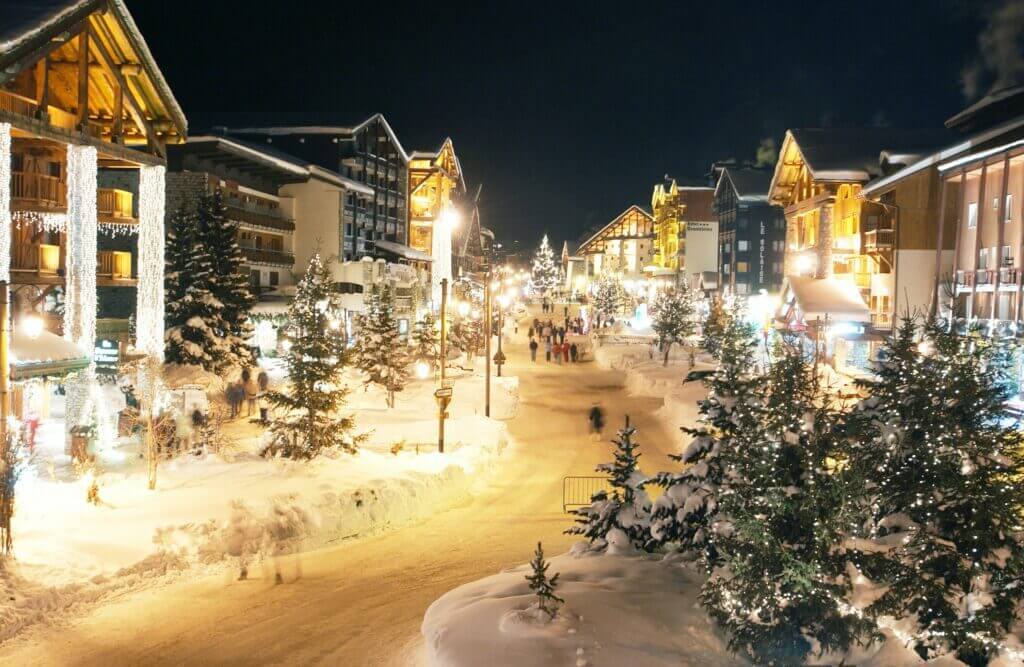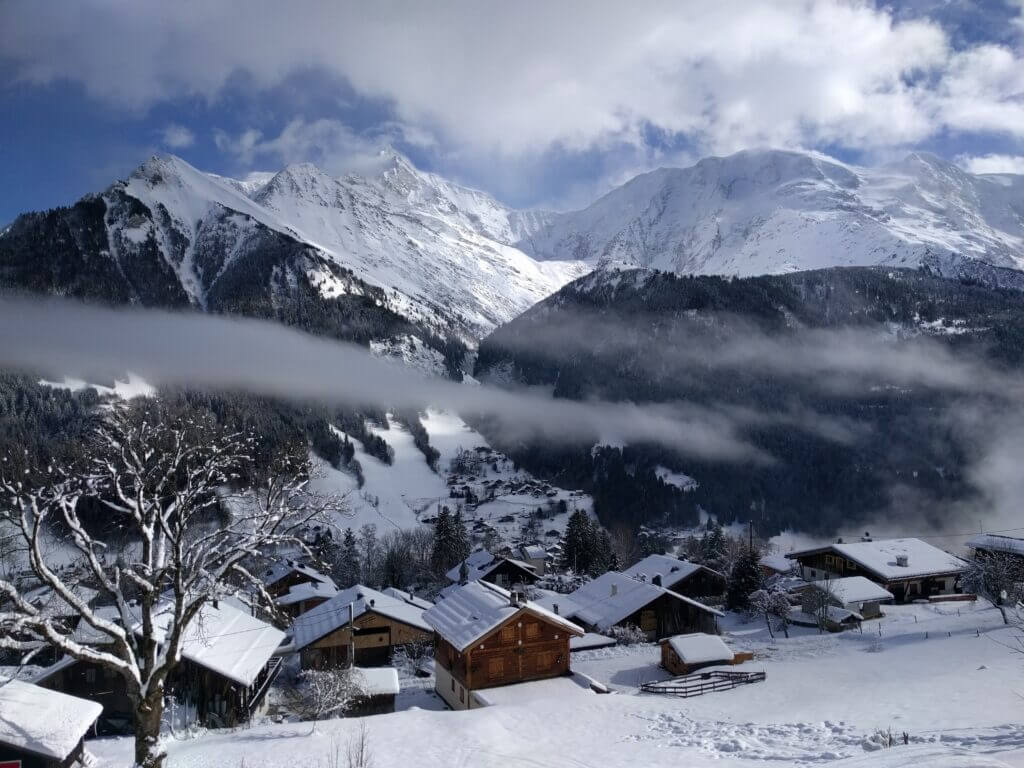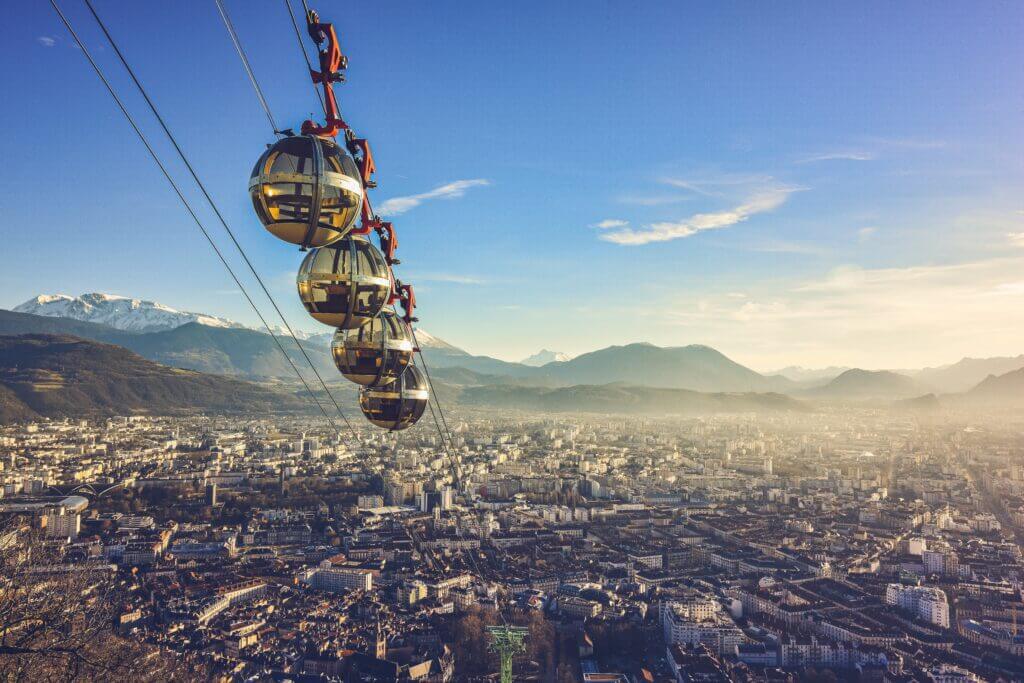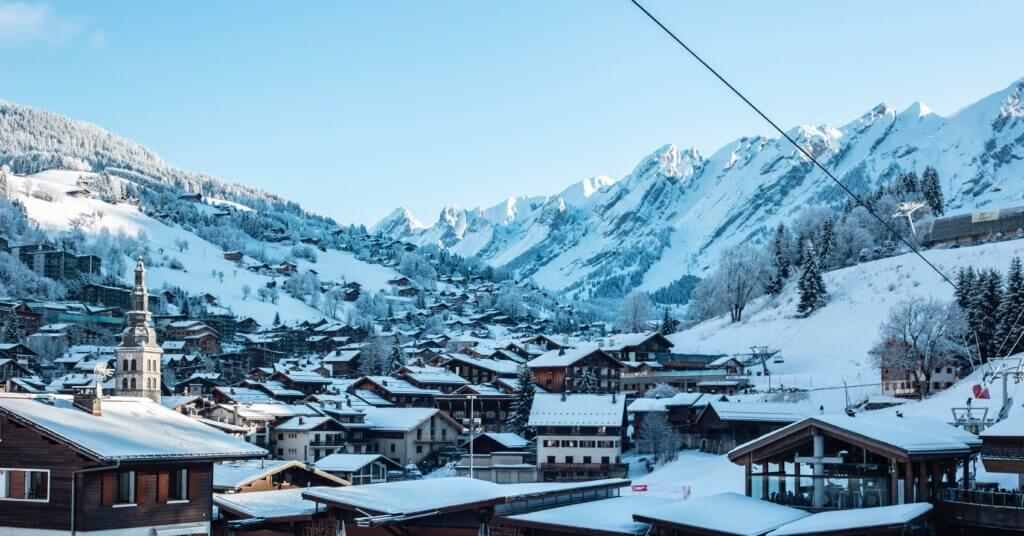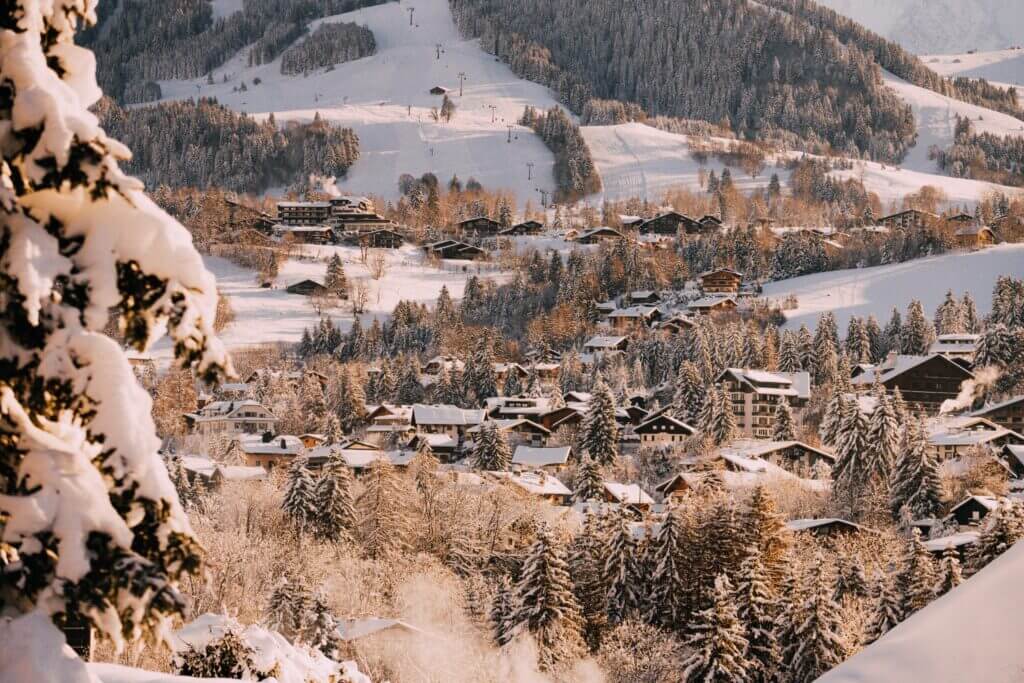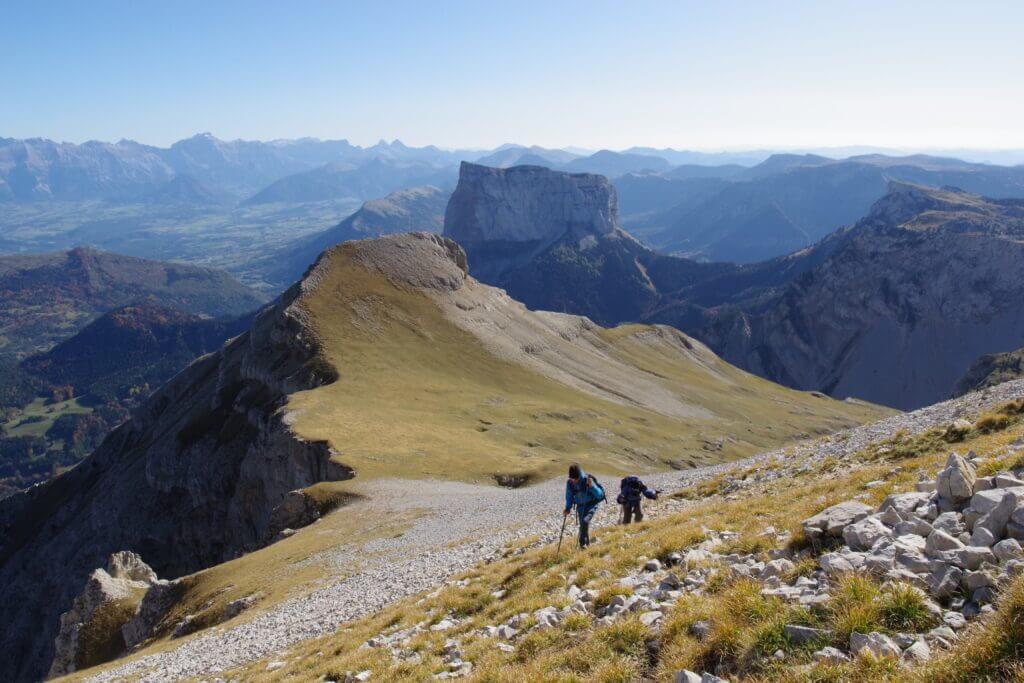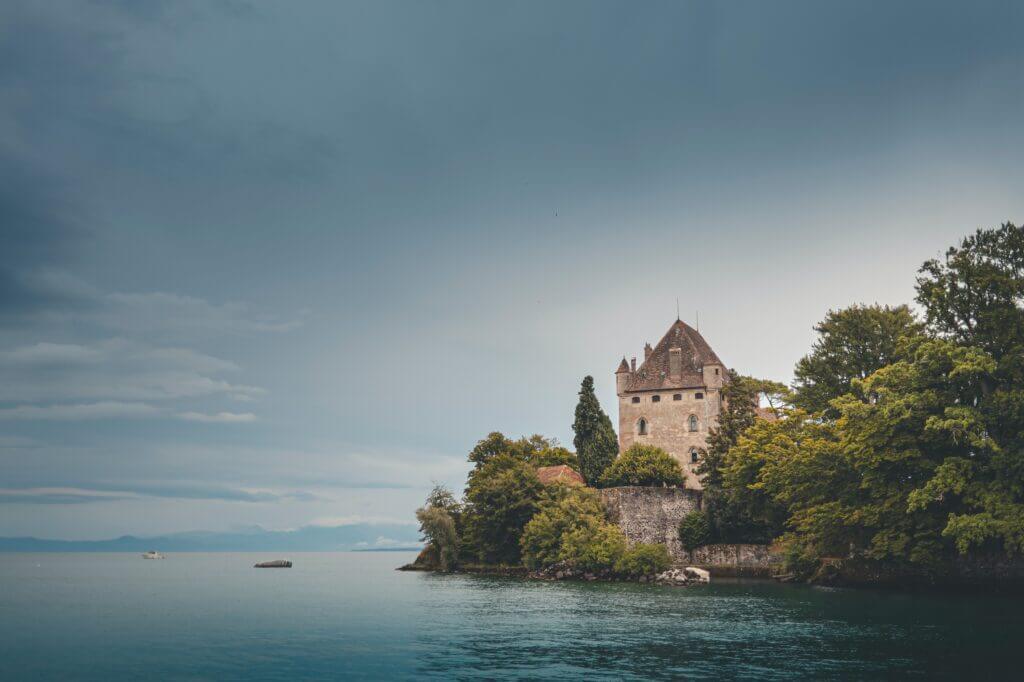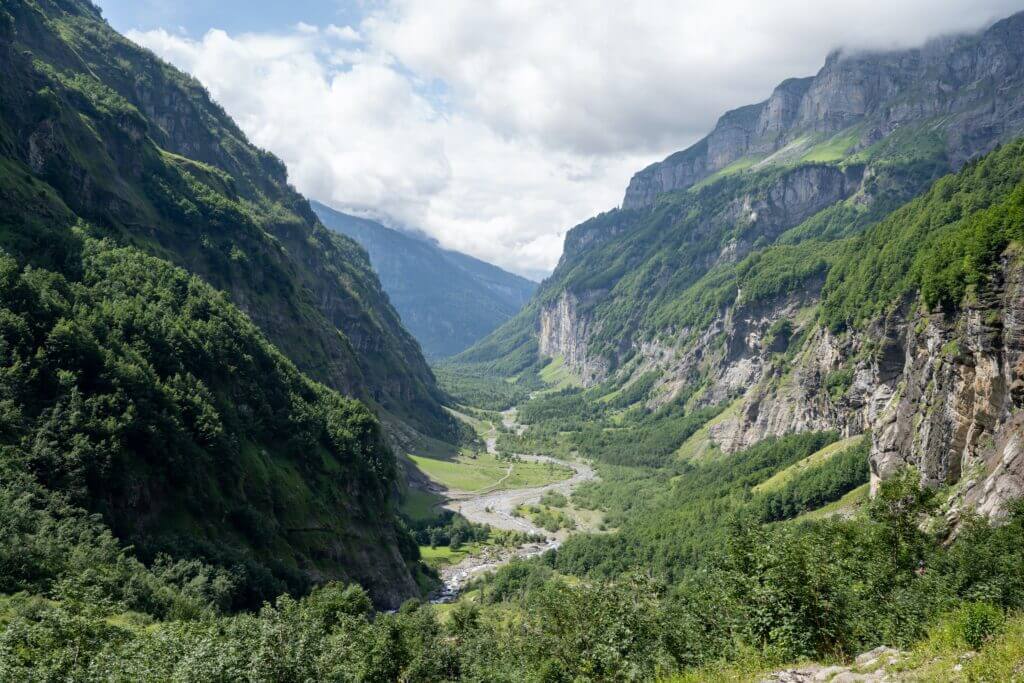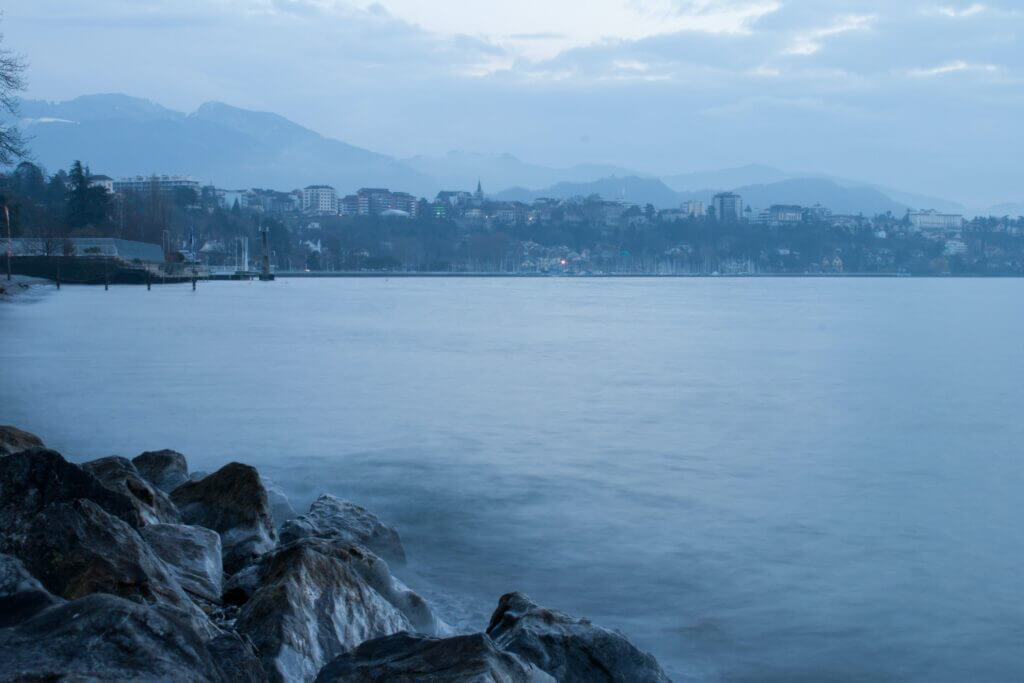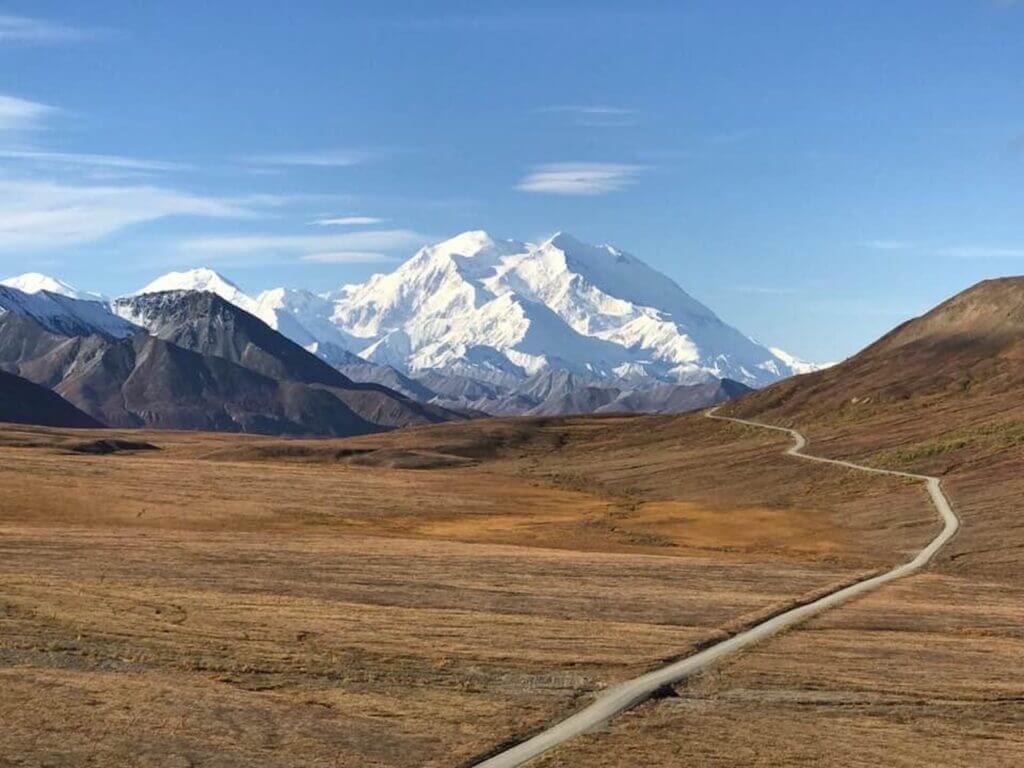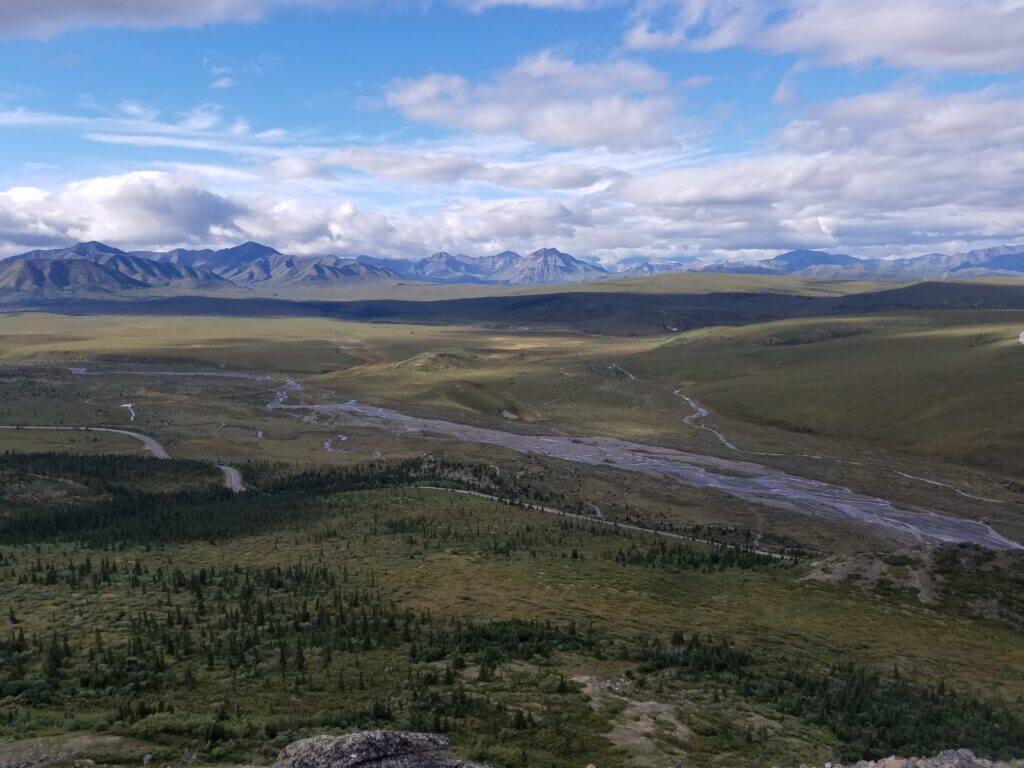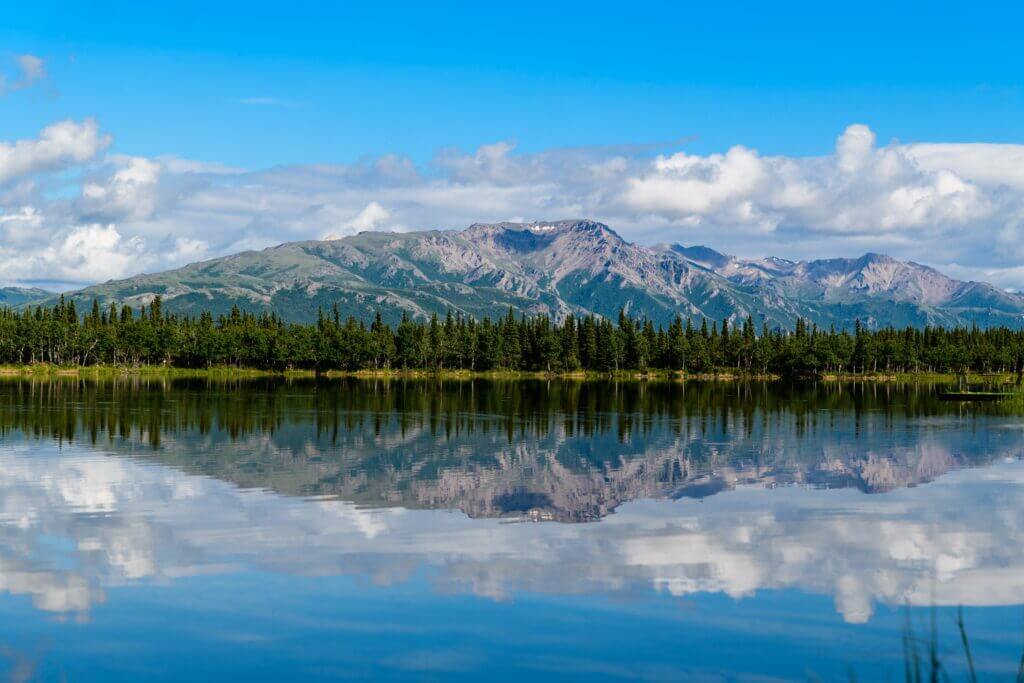Jökulsárlón, a stunning glacial lake found in the southern region of Vatnajökull National Park, Iceland, impresses with its sheer magnificence. Aptly referred to as “Glacial River Lagoon,” the lake owes its existence to the Breiðamerkurjökull glacier, which started pulling back from the Atlantic Ocean edge, subsequently creating a lake that has persistently grown due to glacial melting.
Now standing approximately 8 km (5.0 mi) from the ocean’s coastline, this remarkable glacial lake presides over an area of nearly 18 km2 (6.9 sq mi). In the year 2009, it received recognition as Iceland’s deepest lake, with its depths reaching over 284 m (932 ft), a testament to the extent of the glacial retreat.
Visitors travelling along Route 1 between Höfn and Skaftafell are rewarded with an exquisite sight, as the lake appears like “a ghostly procession of luminous blue icebergs”. It is considered a major tourist attraction, particularly the ice-spangled tongue of the Breiðamerkurjökull glacier, capturing the hearts and cameras of those who venture its way.
Jökulsárlón’s dramatic beauty has drawn not only tourists but also Hollywood’s attention, serving as a movie set for popular films such as “A View to a Kill”, “Die Another Day”, “Lara Croft: Tomb Raider”, and “Batman Begins”. It even found its way onto a postage stamp issued by Iceland in 1991, further establishing its iconic status.
Southeast Iceland’s Jokulsarlon Glacier Lagoon has successfully won the status of one of Iceland’s most beloved sites, with its stunning landscapes offering breathtaking views. Tourists flock annually to revel in the sight of free-flowing icebergs and to partake in enchanting boat tours across the lagoon, with hardy seals often being the subject of numerous photographs.
The nearby black beach, fondly known as Diamond Beach, features glistening ice chunks in the sun that take on an uncanny resemblance to precious stones. Tourists are catered for with accommodations available at Hofn, a town close to the glacier lagoon. In the winter months, a 4×4 rental is highly recommended for comfort and safety during travel in the Icelandic countryside. For a more immersive experience, visitors could explore the very glaciers that feed the lagoon through guided glacier hiking tours.
An Insight into Jokulsarlon: Iceland’s Deepest and Most Fascinating Glacier Lagoon
Nestled in the heart of Iceland, Jokulsarlon, the country’s deepest lake, submerges wondrous depths of up to 814 feet, or 248 meters, beneath its icy surface. Spanning an impressive 11.2 square miles or 18 square kilometres, this ice-coated expanse is a sight to behold, sprinkled with magnificent millennia-old icebergs. A breathtaking display of nature’s raw power and exquisiteness, the icebergs gracing the waters of Jokulsarlon are living relics containing ice that has survived for over 1,000 years.
Jokulsarlon, also known as the “glacier lagoon”, is relatively youthful, its formation sequence commencing in the year 1934. This process was catalyzed by the retreat of the Breidamerkurjokull glacier, leaving behind a scenic lagoon in its wake. Since the early 1970s, Jokulsarlon has experienced a vigorous expansion, the lagoon’s size quadrupling to its current lavish expanse.
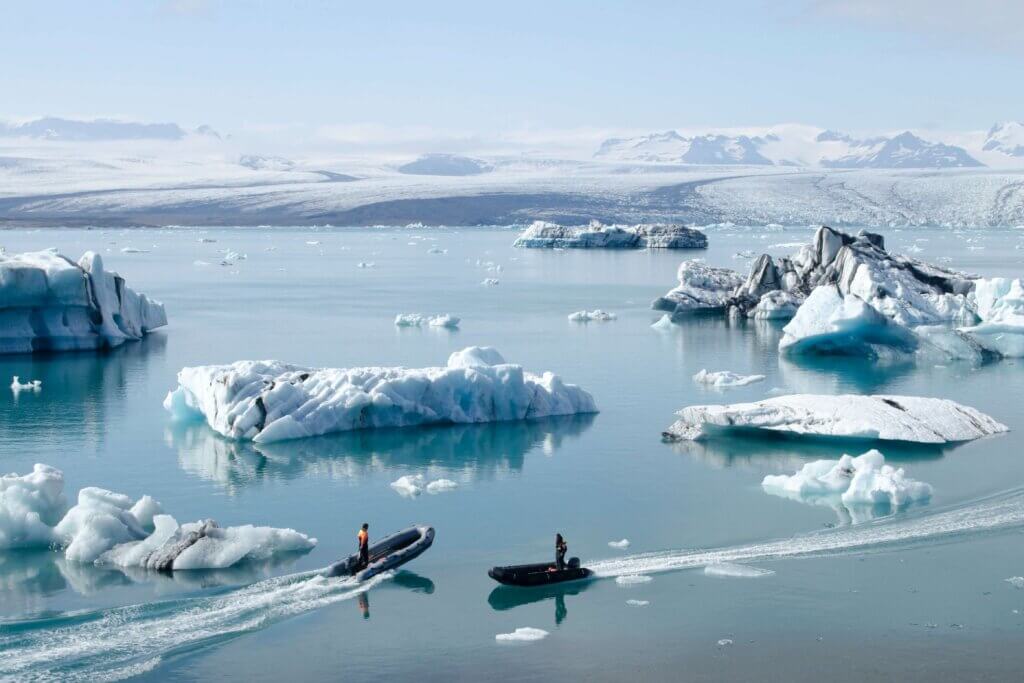
The journey to this breathtaking spectacle from Iceland’s capital, Reykjavik, takes approximately five hours, a pilgrimage to a land where ice and sea intertwine seamlessly. Jokulsarlon is a unique hybrid lagoon, a blend of seawater and freshwater, weaving together a mesmerizing palette of aquatic colours.
Adding to its charm, Jokulsarlon is home to a thriving community of seals. These delightful aquatic mammals make their presence known throughout the year, but they notably convene at the lagoon’s mouth during the winter to entertain passersby with their precocious antics while expertly catching fishy treats. A trip to Jokulsarlon thus offers not only the opportunity to witness the unrivalled beauty of a timeless lagoon landscape but also allows witness the playful performance of seals against an enchanting backdrop.
Jökulsárlón: Iceland’s Expanding Glacier Lagoon
Jökulsárlón, affectionately known as the “glacier lake”, is an exceptional Icelandic natural phenomenon, offering breathtaking views of a vast ice cap that extends to a staggering height of 3,000 ft (910 m). This spectacular sight extends to a lagoon 12 miles (19 km) away, where the ice cap gives way from its jagged edge, spilling into the waters below.
The history of this glacial lake is relatively recent, as the lake’s formation began only about 60 years ago, in 1948. The entire area was then covered by a glacier that was less than 100 feet (30 m) high and located a mere 250 yards (230 m) from the Atlantic Ocean, one which was 2 miles (3.2 km) away from Vatnajökull. At that time, Vatnajökull stood along the ocean’s shoreline, depositing icebergs directly into the wide expanse of the Atlantic Ocean.
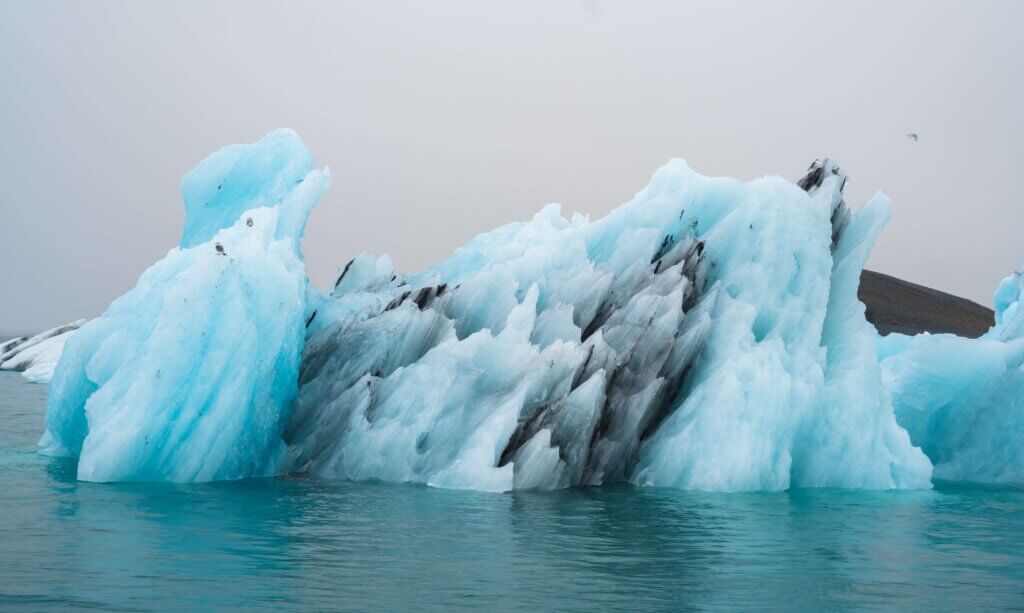
However, a dramatic transformation began as the glacier started retreating inland each year at a brisk pace. Its receding path created deep gorges that were soon filled with melted glacial waters and large chunks of ice. These icebergs would accumulate near the lake’s shallow exit, gradually melting down into smaller blocks before rolling out into the sea. In the summer, the cycle heightened as more icebergs would melt and roll down the channel into the sea. Despite these icy conditions, the lake remarkably does not freeze in the winter, resulting in an intriguing combination of ice-cold water and soil that forms a unique ecological situation.
This stunning sanctuary of ice has undergone a rapid increase in size. Reports indicate that in the past 15 years, the surface area of the lake has doubled. The colossal blocks of ice, which measure about 30 m (98 ft) high that have detached from the edge of Vatnajökull fill the lagoon with a grandeur collection of icebergs. Adding to the scenic beauty is the natural artwork adorning the icebergs from the volcanic ash of ancient eruptions, giving them a sculpted appearance. This natural phenomenon provides a captivating spectacle of Earth’s breathtaking beauty and dramatic transformations, making Jökulsárlón a must-visit site in Iceland for admirers of natural beauty.
Exploring Jokulsarlon: Iceland’s Growing Glacier Lagoon and ‘Diamond Beach’
Jokulsarlon, a strikingly unique lagoon on the southern edge of the Vatnajokull glacier—Europe’s largest—serves as the crown jewel amidst the rugged splendour of Iceland’s largest national park. This expansive wilderness is only exceeded in size by Russia’s Yugid Va, making it the second-largest national park in Europe.
Jokulsarlon owes its breathtaking beauty to the forces of nature, with accumulating melted glacial water formed naturally over the years. As a testament to the impacts of global warming, the lagoon continues to expand while blocks of ice consistently crumble from the steadily receding glacier. The shifting landscape guarantees a spectacle at every visit, with the surrounding glacier’s retracting tongue offering an ever-evolving panorama.
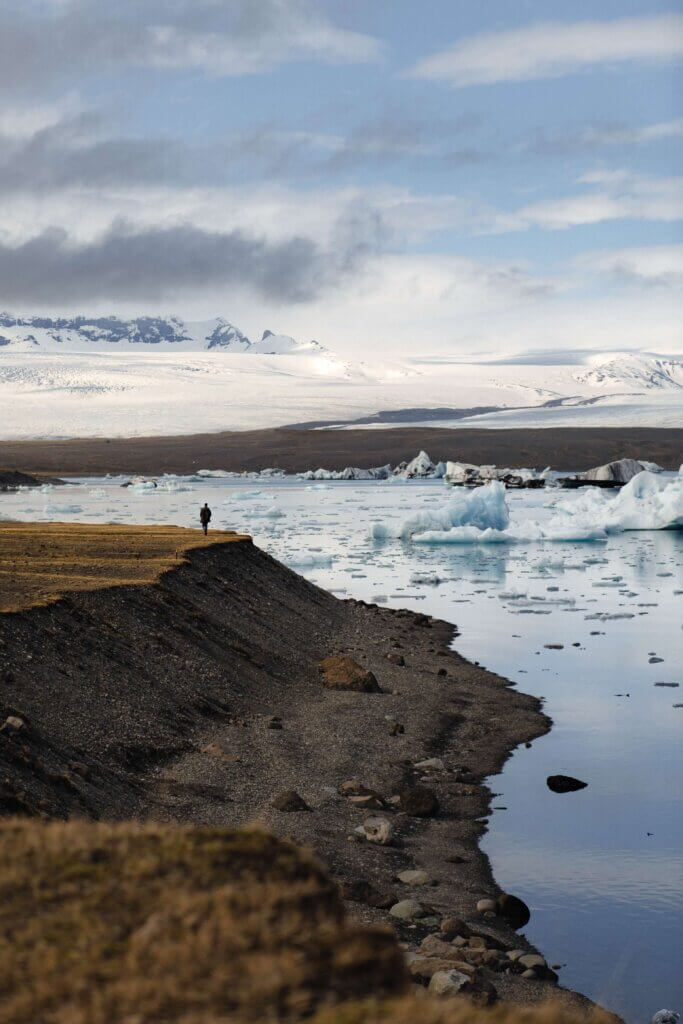
However, these ice blocks’ ceaseless birth and decay bring forth an unparalleled sight that further enhances the region’s uniqueness. As they break from the glacier and fall into the lagoon, the icebergs gradually melt and drift to sea. Over time, the relentless waves of the North Atlantic sculpt and polish them before their final resting place on Breidamerkursandur.
A stark contrast to the typical sandy beaches, Breidamerkursandur, or the so-called Diamond Beach, emanates an otherworldly charm. Its jet-black sand is adorned by an ever-changing array of shining, compact ice formations that glow under the sunlight, much like a scattering of resplendent diamonds. Each visit promises an inimitable display of nature’s artistry in a landscape that is gradually being transformed by the forces of climate change.
Embracing the Melting Beauty: A Guide to Visit Iceland’s Glacier Lagoons
The glacier lagoons of Iceland, enchanted sites of awe-inspiring beauty, are magnetizing explorers and adventure enthusiasts across the globe. Their allure lies in their breathtaking beauty, rapidly changing due to warming temperatures. It is feared they may soon lose their aesthetic appeal or even disappear entirely. As such, they have become a precious destination for travellers eager to experience this magical facet of Mother Nature before it is potentially lost.
Visitors flock to the lagoons, hoping to capture stunning images and make remarkable memories amongst the icebergs and seals. They offer a unique perspective on Iceland’s majestic wilderness, best visited between May and October to fully appreciate its dramatic beauty.
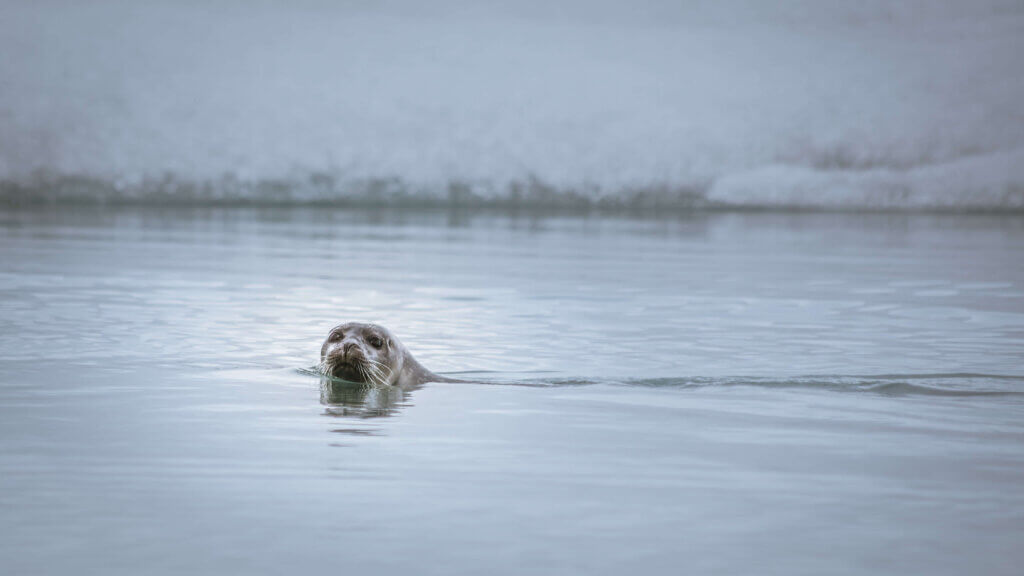
The most renowned amongst these is the Jokulsarlon glacier lagoon, a fruitful destination for a short winter getaway on the South Coast. It can be reached in the summer by a scenic five-hour drive or car rental from Reykjavik. This spectacular lagoon provides numerous opportunities for the adventurous at heart. Guided boat tours cruise around the lagoon, offering an unforgettable experience sailing amidst free-floating icebergs and frolicking seals. Alternatively, visitors can opt for invigorating journeys through the gigantic glacial outset, with mesmerizing blue-ice caves and breathtaking boat rides.
While many of these glacial lagoons are not accessible during the colder months from November through March due to harsh weather and freezing temperatures, Jokulsarlon remains accessible all year round, thanks to its location next to Iceland’s main transportation route, Road nr. 1, also known as the Ring Road. Therefore, irrespective of the season, the majestic beauty and charm of at least one of Iceland’s famed glacial lagoons are always within reach.
Exploring Iceland’s Diverse Wildlife at the Jokulsarlon Glacier Lagoon
Immersed in the sublime grandeur of Iceland’s landscapes, the Glacier Lagoon pulsates with life. The scene is astounding: seals slicing through the crisp lagoon waters or basking atop floating icebergs, seemingly unbothered by the hustle and bustle of birdlife around them.
Indeed, the lagoon is a sanctuary for an array of birds. During the summer months, the air is abuzz with arctic terns and numerous other avian species. One might be disappointed to find that this location isn’t home to puffins, but a detour during a drive from Reykjavik could satiate that desire. Stops at the Dyrholaey lighthouse and Reynisfjara beach on the journey to the lagoon could offer a glimpse of these charming birds if visited in the summer months.

This lagoon and its surroundings are a theatre of natural occurrences. The body of water teems with fish, carried in from the sea by the relentless tides. Winter swings open the doors for seals to throng at the lake’s mouth, drawn by ample catches of fish. Seabirds, primarily the Arctic terns that nest nearby, swarm the lagoon for their share of herring, trout, salmon, krill, and other types of fish.
An intriguing inhabitant of this area is the Arctic skua or Stercorarius parasiticus. This species makes its home in the broad sand deposits known as Breiðamerkursandur. Through the summer, these husky, dark-coloured birds adorned with white wingtips showcase their assertive nature. Known as the “pirates of the seas,” they audaciously harass larger birds and prey on smaller ones, like puffins. These bold birds keep humans at bay and do not take kindly to close encounters, mainly if they are near their nests. Having migrated from their wintering grounds off the coastlines of Spain and Africa, they revel in the bounty of the lagoon.
With tides introducing shoals of herring or capelan into the lagoon, this is a place of constant intrigue and drama in the natural world. It’s not just the journey along Iceland’s South Coast, leading to the glacier lagoon, that is fantastically picturesque. The lagoon itself unearths a scene of extraordinary allure worth a leisurely exploration.
Jokulsarlon: Iceland’s Glacial Lagoon on the Silver Screen
Nestled in the heart of Iceland, Jokulsarlon Ice Lagoon boasts landscapes that captivatingly dance between being hauntingly icy and stunningly beautiful. These unique landscapes have drawn the admiration of filmmakers from around the globe, leading to Jokulsarlon’s sweeping vistas serving as the backdrop for numerous films, music videos, and commercials.
The immensely popular James Bond films, “Die Another Day” and “A View to a Kill,” utilized the awe-inspiring views of the icy glacial lagoon, as did the thrilling action-adventure movie “Tomb Raider.” Basking under the northern sun, the dramatic icebergs and serene, icy plains provided a landscape fitting for these gripping, high-adrenaline films.
Not far from Jokulsarlon, further cinematic magic was crafted amidst the equally impressive landscapes of Svinafellsjokull Glacier. Located within the boundaries of Vatnajokull National Park, this tantalizing terrain was chosen as the setting for the notable films “Batman Begins” and “Interstellar.”
The most recent movie to capitalize on the breathtaking landscapes found within Vatnajokull National Park was “The Secret Life of Walter Mitty.” The picturesque mountain sceneries were cleverly used to portray the protagonist, Walter, on his trek across the Himalayas.
Aside from serving as the stage for big-screen productions, Jokulsarlon, with its alluring visual appeal, has also found its way into several commercials and music videos. Bon Iver’s Holocene, Justin Bieber’s I’ll Show You, and the music video for Gerua from the Bollywood film Dilwale, starring Shah Rukh Khan and Kajol, all feature Jokulsarlon’s exceptional beauty, captivating audiences beyond the cinematic world.
Exploring Iceland: Scenic Routes and Travel Tips to Jokulsarlon Glacier Lagoon
The journey to Jokulsarlon, a stunning glacial lagoon in Iceland, is an adventure in itself. With an impressive distance of 236 miles (380 km) from Reykjavik, reaching this glacier bay takes approximately five to six hours of driving along one of the most scenic routes in the country. However, the captivating landscapes may extend journey times as they offer opportunities for enticing stopovers along the way. For this reason, allocating at least two days for the round trip to Jokulsarlon from Reykjavik is advisable.
On this excursion, travellers will encounter remarkable South Coast landscapes such as Seljalandsfoss and Skogafoss waterfalls, the ominous black beach of Reynisfjara, Myrdalsjokull glacier, and the formidable Eyjafjallajokull volcano. There’s a myriad of spectacles to explore, and to optimize this experience, several self-drive itinerary options are proposed for travellers both in summer and winter.
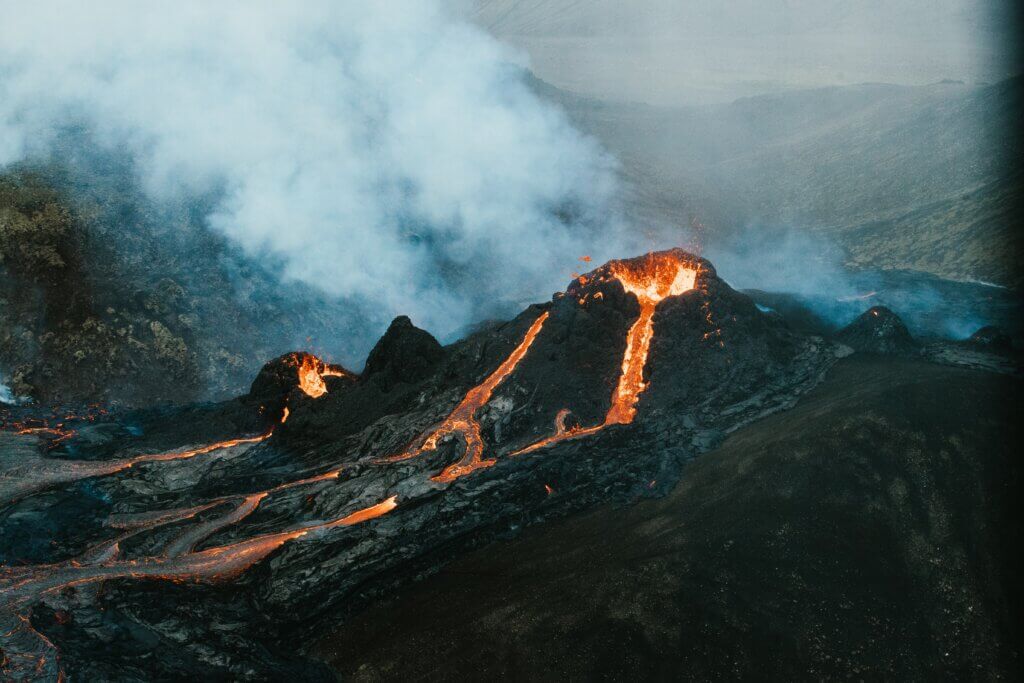
For those staying a week or more in the summertime, a comprehensive 6-day self-drive tour of the South Coast and the Golden Circle guarantees a thorough Icelandic adventure. Winter visitors, on the other hand, can optimize their journey with a 6-day winter drive, offering access to the ethereal ice caves near Jokulsarlon. For those with limited time, a shorter 3-day winter drive featuring a visit to the ice cave can be an equally enthralling option.
Should any traveller have a specific itinerary preference not covered by the existing options, the provision is made to customize a unique self-drive plan. Furthermore, assistance with securing a budget-friendly rental car for the adventure is available to those desiring a solo journey.
Jokulsarlon is accessible throughout the year, albeit with more weather dependencies in winter. The safety of travellers is paramount, and it is therefore advised against driving through intense snowstorms or high winds. Beyond these exceptions, the South Coast roads generally remain passable all year, with the added benefit during winter is the chance to witness the mesmerizing northern lights.
Tours, offering transportation and accommodation, provide an alternative for those not wishing to drive themselves. Flavours include a 3-day South Coast adventure and a 2-day winter tour featuring ice caving. Additionally, the more audacious can partake in a 2-day tour featuring glacier hiking, providing unparalleled views atop Europe’s largest glacier.
Despite the extreme weather precautions, the journey culminates in a visit to Iceland’s “crown jewel”, Jokulsarlon — a reward that truly justifies such an adventurous voyage.
Exploring Jokulsarlon: Boat Tours, Ice Cave Expeditions, and Northern Lights Viewing
Nestled within the magnificent Icelandic landscape lies the Jokulsarlon lagoon and glacier, a captivating spectacle teeming with opportunities for adventure. Catering to a range of tastes and timeframes, Jokulsarlon offers a plethora of activities designed to create unforgettable experiences amidst the forces of nature.
Imagine boarding an amphibian boat ride, coasting through the icy lagoon, and gazing at the majestic glacier from extraordinary angles. This is one of the many experiences on offer, providing an intimate encounter with the beautiful and powerful ice formations.
For the more adventurous, guided tours take visitors right to the icy heart of the glacier, a chance to delve deeper into its icy depths. These in-depth explorations can be tailored to meet different skill and fitness levels, delivering a thrilling blend of excitement, beauty, and natural wonder.
On the other hand, for those who prefer a more leisurely approach, simply sitting by the lagoon and soaking in the idyllic views is an experience in itself. The tranquillity of the lagoon, punctuated by the occasional calving of the glacier, gives one a chance to connect with nature in its most serene form, an undeniably powerful experience.
No matter the visitor’s preferences, the time they have available, or the adventures they seek, Jokulsarlon Lagoon and Glacier provides diverse experiences designed to captivate and inspire all who venture to this ethereal corner of Iceland.
Summertime Glacier Lagoon Adventures at Jokulsarlon: Boat and Kayak Tours
From April to October, during the balmy summer months, Jokulsarlon Glacier Lagoon in Iceland comes alive with boat tours. Whether you choose to embark on an amphibian boat tour that leaves multiple times per day or prefer a more structured Jokulsarlon Zodiac boat tour, you’ll be stepping onto vessels of cinematic pedigree – the same boats that featured in the action movie, “Tomb Raider”.
During the peak of tourist influx in July and August, it’s common to see up to 40 boat trips orchestrating tours around the Jokulsarlon glacier lagoon daily. Adventure enthusiasts travelling in small groups or individually have the freedom to hop on an amphibian boat tour without prior booking; however, for larger groups of more than 12 people, reservations are necessary to secure a place.

The Zodiac tours, only operating from June to September, often reach capacity. It’s smart to secure a spot well in advance to not miss out on this incredible experience. These tours offer a fixed schedule, perfect for those visitors who value structured adventure and the certainty of pre-planned reservations.
For an adventurous immersion into nature, there’s the Jokulsarlon glacier lagoon kayak tour. This summer-exclusive experience takes you closer to the breathtaking landscape, allowing you to freely navigate between the floating ice pieces and approach the glacier intimately. A journey on the icy waters of the Jokulsarlon will undoubtedly imprinted in your memory, establishing an enduring connection with the majestic Icelandic wilderness.
Exploring Unique Ice Caves of Jokulsarlon Glacier Lagoon in Iceland
At the heart of the adventure-filled land of Iceland, Jokulsarlon offers the unique possibility to journey through a naturally-formed blue ice cave within the expansive Vatnajokull glacier. Every ice cave is a spectacle in itself, carved out over time by melting rivers that flow underneath the ice, fashioning exquisite tunnels. Each year, as the glacier shifts, new caves appear in different shapes and sizes, all donning an astonishing shade of blue.
Multiple ice cave tours are available from mid-October to March, each offering a distinct adventure, as no two visits are ever the same. However, the cave exploration is subject to the capricious climate, starting only in November for some operators. Warmer conditions could fill the caves with melted water or even cause them to collapse. Therefore, the tours are always led by guides knowledgeable about the terrain and familiar with the caves deemed safe to enter.
Among the many caves to explore, the Blue Ice Cave is a popular and extensive site. It forms from the same meltwater system each year and typically resides at the same location within the glacier. The expedition from Jokulsarlon to the spectacular Blue Ice Cave includes a guided super jeep ride up to the glacier and a comprehensive explanation of the region’s glaciers and ice caves, answering every question a curious explorer might have.
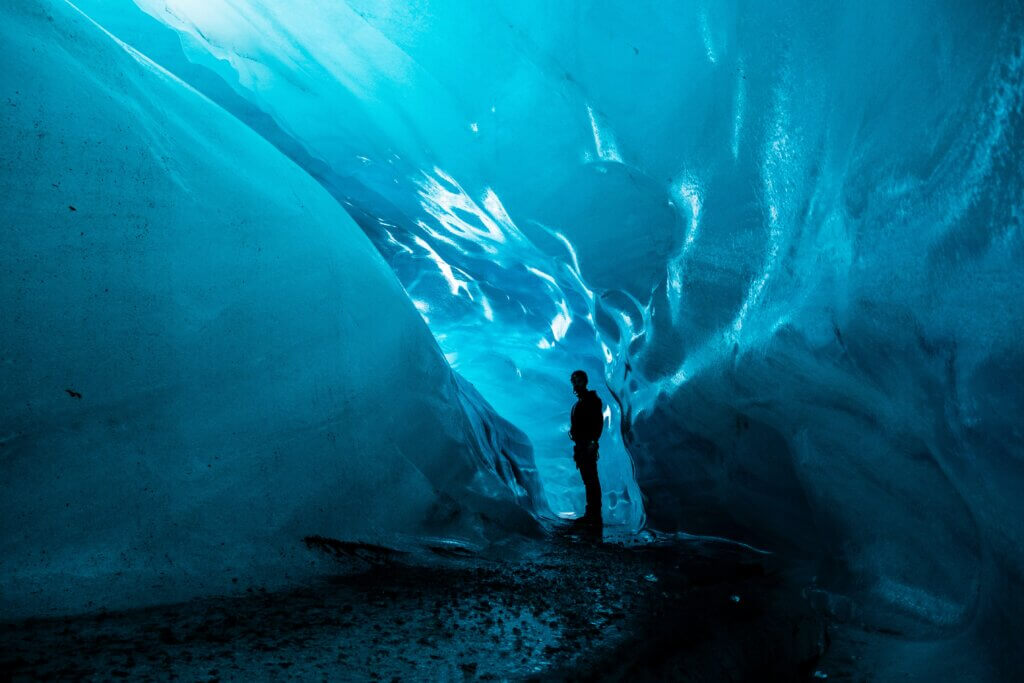
Moreover, Jokulsarlon is the only destination to provide an exclusive tour of this cave, offering those few an extraordinary opportunity to experience the grandeur of the Blue Ice Cave without a crowd. After a fascinating stint inside the ice caves, one can also attempt to catch the visually captivating spectacle of the northern lights in Jokulsarlon. The auroras dance across the sky, their reflection shimmering in the lagoon’s waters and illuminating the ice. The vibrance of greens, pinks, reds, purples, and blues lighting up the entire lagoon offers indeed a phenomenal setting for photographers and an unmatched, once-in-a-lifetime aurora sighting opportunity.
Catching the Aurora Borealis Amidst Iceland’s Glacier Lagoon
Iceland, a land of striking contrasts, hosts a unique spectacle of nature that can make any visit genuinely spectacular. One of the country’s natural treasures where this experience can be savoured is the iconic Glacier Lagoon. A popular choice for a winter visit, this destination offers more than just a stunning landscape of frozen wonders and exquisite ice caves. It is also a pinnacle point for observing the invigorating dance of the Northern Lights, a mesmerizing experience that is hard to replicate.
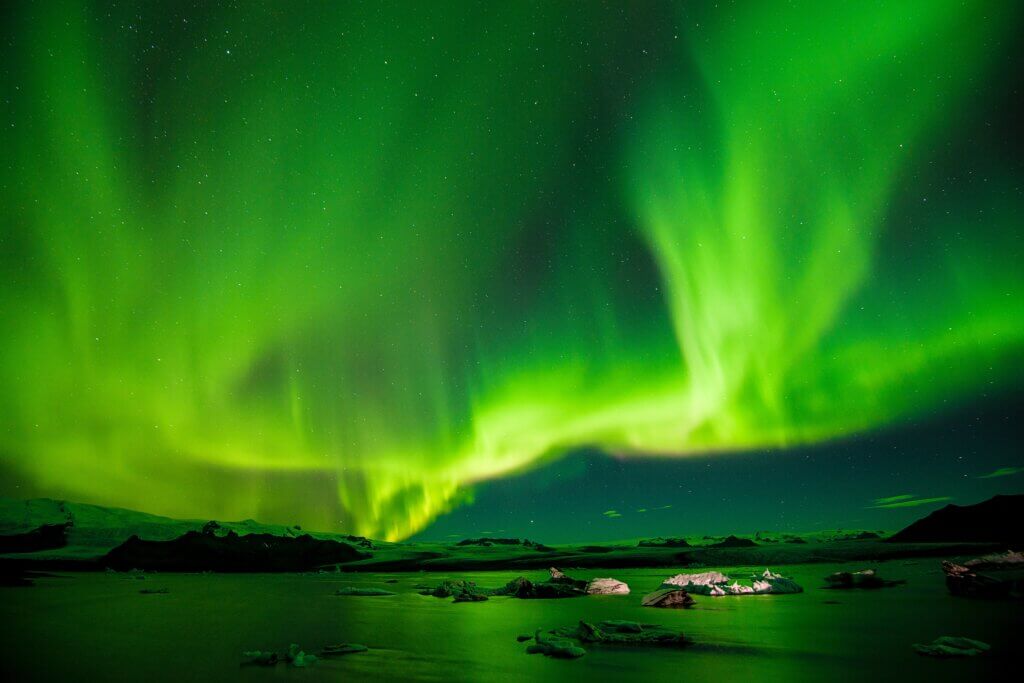
The Northern Lights, an awe-inspiring stroke of natural artistry, colourfully illuminates Iceland’s skies. However, this visual symphony requires specific conditions for viewing. It occurs year-round, but its visibility is confined to the darkness of the night, thus ruling out the bright, endless days of the Icelandic summertime. The most promising period for aurora viewing begins in early September, stretching until mid-April. This availability, however, is dependent upon several factors, including a cloudless sky and significant Northern Lights activity.
Adding an exquisite touch to the Icelandic winter experience, our specially crafted 5-day winter package helps you unearth the hidden wonders of Iceland. Filled with adventures, this package offers an exhilarating hunt for the Northern Lights, a thrilling exploration of the ice caves, and an unforgettable journey to the Glacier Lagoon. A trip fusing wonder, wilderness, and artistry, this package is a comprehensive guide to experiencing a winter in Iceland in all its glory.
Accommodation Options Near Jokulsarlon Glacier Lagoon, Iceland
Situated near Jokulsarlon Glacier Lagoon, several accommodation options await the traveller looking for an overnight stay close to the magnificent Icelandic nature. The Hali Country Hotel is a beloved establishment nestled in the countryside. All of their rooms are furnished with private bathrooms, offering the comfort of a home away from home.
For those travellers with a slightly larger budget, Fosshotel Glacier Lagoon presents a stylish option. This four-star hotel provides every conceivable amenity, with the addition of commanding views of an adjacent waterfall.
However, due to the iconic beauty of the lagoon, hotels and hostels in close proximity to it are highly sought after and tend to be fully booked quite early. For those unable to secure a room nearby, the next most prime location is the nearby town of Hofn, conveniently located an hour away from Jokulsarlon.
The prospect of travelling along the Ring Road or ending the day amidst a variety of amenities places Hofn as an outstanding choice. The town is known for its exquisite lobster, the best tasting in Iceland, and the stunning Vestrahorn mountain nearby.
With a range of accommodations, Hofn caters to a variety of budgets, tastes, and styles. Hotel Hofn, a prominent property in the town, is especially revered for prioritizing the comfort of its guests.
For those embarking on a tour of Iceland with Jokulsarlon as just a pit stop, rest assured. A variety of accommodations is readily available along the route, catering to the needs of every traveller, whether they’re seeking luxury, comfort, or affordability.
Safety Precautions for Your Visit to Jokulsarlon Glacier Lagoon in Iceland
While visiting the breathtaking glacier lagoon in Iceland there are important safety measures that should be adhered to. Resisting the temptation to emulate famous film characters or singers such as James Bond, Shah Rukh Khan or Justin Bieber by swimming in the lagoon or climbing the icebergs is crucial. Many visitors often underestimate the raw power of Icelandic nature and find themselves in perilous situations, needing the help of Iceland’s diligent search and rescue teams.
The sight of enormous icebergs floating majestically in the lagoon might beckon you; however, it’s not wise to swim in these icy waters or scale these icy behemoths. Beneath the surface, the lagoon reveals a terrifying depth of 656 feet (200 meters), making it the deepest lake in all of Iceland. The icebergs, while imposing from the surface, hide 90 percent of their mass below water, like icy leviathans lurking in the dark depths.
The lagoon’s mighty current is not to be underestimated either. Its power can easily carry an unsuspecting visitor out to sea. An even more subtle danger is the instability of the icebergs themselves. As the ice below the waterline melts or cracks, it can cause icebergs to abruptly tip over, trapping those unfortunate to be on top in a potentially fatal situation under the ice.
Despite these cautions, the glacier lagoon is a destination of unrivalled beauty, deserving of a visit. It delivers unforgettable, picturesque views that leave striking impressions on the hearts of those fortunate enough to witness them. As with any natural wonder, respect for its inherent power and potential dangers is paramount. One must always prioritize safety during exploration. So enjoy this sublime location with the focus on securing unforgettable memories rather than rash, risky escapades that dangerously underestimate this formidable Icelandic spectacle.

